
漢德百科全書 | 汉德百科全书




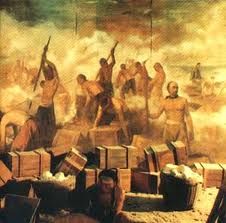
硫磺岛战役(英语:Battle of Iwo Jima,日语:硫黄島の戦い)是第二次世界大战太平洋战争中日本与美国间爆发的一场战役,自1945年2月19日战斗至3月26日。硫磺岛战役是太平洋战争中最激烈的战斗之一,其间日本坚守硫磺岛,但美军最终还是将其攻破。战役中美军共牺牲6,821人,而日本的22,786名士兵之中除了1,083人被俘之外,其余全部阵亡。随后美军将该岛建设为供战斗机起飞的机场,为B-29超级堡垒轰炸机护航,大幅提升了对日本政治和工业核心的东京进行战略轰炸之效率。
硫磺岛战役除了其战斗艰苦而成为著名的战斗外,还有美军摄影师拍下了其士兵于该岛的折鉢山上竖起了美国国旗的场景,这张照片广为流传,成为了绘画、雕塑和邮票的图案,也令该战斗有别于其他太平洋的岛屿登陆战。
Die Schlacht um Iwojima ist eine der bekanntesten Schlachten des Zweiten Weltkriegs. Sie wurde zwischen den Streitkräften Japans und denen der USA im Rahmen des Pazifikkrieges ausgetragen. Diese äußerst blutige und verlustreiche Schlacht währte vom 19. Februar bis zum 26. März 1945. Sie gilt heute als Paradebeispiel einer klassischen Amphibienlandeoperation.
Auf Iwojima entstand auch das berühmte Bild Raising the Flag on Iwo Jima, das sechs amerikanische Soldaten zeigt, die die amerikanische Flagge hissen.

Rudolf Christian Karl Diesel (* 18. März 1858 in Paris; † 29. September 1913, lebend zuletzt an Bord des Fährschiffs Dresden auf dem Ärmelkanal bei der Überfahrt nach England gesehen) war ein deutscher Ingenieur und der Erfinder des Dieselmotors.
鲁道夫·克里斯琴·卡尔·狄塞尔(Rudolf Christian Karl Diesel,1858年3月18日—1913年9月30日),德国工程师,柴油发动机的发明者。
他在1892年提出压缩点火式内燃机的原始设计,经过不断的试制和改进,于1897年在德国奥古斯堡工厂制成以煤油为燃料的压缩点火式引擎,以后很快发展为以柴油为燃料的压缩点火式内燃机,即柴油引擎。

Rudolf II. (* 18. Juli 1552 in Wien; † 20. Januar 1612 in Prag) war Kaiser des Heiligen Römischen Reichs (1576–1612), König von Böhmen (1575–1611) sowie König von Ungarn (1572–1608) und Erzherzog von Österreich (1576–1608).
Rudolf war ein bedeutender Förderer von Kunst und Wissenschaft, aber ein insgesamt schwacher Herrscher und zumindest in den letzten Jahren faktisch regierungsunfähig. In seine Zeit fallen der lange Türkenkrieg und die gregorianische Kalenderreform. Im Reich trug seine Untätigkeit dazu bei, die Krise der Reichsverfassung zu verstärken. Erzherzog Matthias und andere Mitglieder der Habsburgerdynastie wandten sich schließlich offen gegen den Kaiser und entrissen ihm nach und nach fast alle Machtpositionen.
鲁道夫二世(Rudolf II.,1552年7月18日—1612年1月20日,生于维也纳,卒于布拉格)是哈布斯堡王朝的神圣罗马皇帝(1576年—1612年在位)。他也是匈牙利国王(称“鲁道夫”,1576年—1608年在位)、波希米亚国王(称“鲁道夫二世”,1576年—1611年在位)和奥地利大公(称“鲁道夫五世”,1576年—1608年)。
传统历史观点认为[1],鲁道夫是一个碌碌无为的统治者,他的政治失误直接导致了三十年战争的爆发;他同时又是文艺复兴艺术的忠实爱好者,还热衷神秘艺术和知识,促进了科学革命的发展。
Der Louvre [ˈluːvrə] (französisch Musée du Louvre) ist ein Kunstmuseum in Paris. Er befindet sich in der ehemaligen Residenz der französischen Könige, dem Palais du Louvre. Das Museum ist mit etwa zehn Millionen Besuchern im Jahr 2012 das meistbesuchte und, gemessen an der Ausstellungsfläche, das drittgrößte Museum der Welt.[1]
Der eigentliche Begründer der Sammlung ist aber König Franz I. (1515–1547), der als der erste große Sammler und Mäzen auf Frankreichs Thron gilt. Er richtete auch dem greisen Leonardo da Vinci 1517 ein Domizil an der Loire ein. Nach Leonardos Tod 1519 gelangten dessen Bilder – darunter wahrscheinlich auch die Mona Lisa – in die Sammlung des Königs, die zu dieser Zeit noch im Schloss Fontainebleau aufbewahrt wurde.
Kardinal Richelieu, der 1624 Minister unter Ludwig XIII. wurde, baute auf Staatskosten eine große Privatsammlung auf, die 1636 zum Großteil in den Besitz der Krone überging. 1660 zog die Sammlung in den Louvre um. Auch unter Ludwig XIV. wurden kostbare Werke erworben, unter anderem von Tizian und Raffael.
Unter Ludwig XV. wurden kaum noch neue Bilder der Sammlung hinzugefügt. Dass die Sammlung der Öffentlichkeit nicht zugänglich war, führte zu allgemeiner Kritik, worauf 1750 im Palais du Luxembourg die erste Gemäldegalerie Frankreichs eröffnet wurde. Bereits 1779 wurde sie jedoch wieder geschlossen, da das Palais als Wohnung des späteren Ludwig XVIII. genutzt wurde. Die Bilder wurden zurück ins Depot des Louvre gebracht. Der Politiker Charles Claude Flahaut de La Billarderie plante die Schaffung eines französischen Nationalmuseums.
Im Zuge der Französischen Revolution wurde die Sammlung mit Dekret der Nationalversammlung vom 27. Juli 1793 zum ersten Mal im Louvre zugänglich gemacht. Am 10. August 1793, auf den Tag genau ein Jahr nach Abschaffung der Monarchie, wurde sie als „Zentrales Kunstmuseum der Republik“ eröffnet.
Napoleon Bonaparte erteilte nach dem siegreichen Italienfeldzug den ausdrücklichen Befehl, berühmte Kunstwerke im Ausland für Frankreich zu requirieren. Bald schon konnte der Louvre die Kunstwerke aus Rom, Venedig, Berlin, Wien und vielen anderen europäischen Städten nicht mehr fassen. Unter Napoleon I. entstanden im Rahmen seines groß angelegten, bahnbrechenden nationalen Kultur-Programms 15 Zweigmuseen in ganz Frankreich, in denen Bilder der Sammlung zum ersten Mal einer breiten Öffentlichkeit in der französischen Provinz zugänglich waren. Nach dem Fall des Kaiserreichs im Jahre 1814 wurde der zukunftsweisende volkspädagogische Ansatz Napoleons I. nicht mehr weiterverfolgt; die Beutekunst wurde von den Alliierten wieder aus dem Louvre zurückgeholt, wodurch das nationale Element der Sammlung wieder in den Vordergrund trat.
1821 wurde mit dem Ankauf der Venus von Milo der Aufbau der Antikensammlung fortgesetzt. Seit 1808 war bereits die Antikensammlung der Borghese Teil der Sammlung. 1826 folgten die ägyptische und 1847 die assyrische Abteilung. Ab 1851 wurde die Ausstellungsfläche des Louvre unter Alfred Émilien de Nieuwerkerke erweitert. Nach dem Sturz des zweiten Kaiserreichs 1870 wurde die Sammlung endgültig von der Krone getrennt und verstaatlicht.
Der Sammlung kam zugute, dass seit 1972 die Erbschaftssteuer auch in Form von Kunstwerken entrichtet werden kann.
卢浮宫(法语:Musée du Louvre)位于法国巴黎市中心的塞纳河边,原是法国的王宫,现在是卢浮宫博物馆,常年展出的展品数量达3.5万件,包括雕塑、绘画、美术工艺及古代东方、古代埃及和古希腊罗马等7个门类,主要收藏1860年以前的艺术作品与考古文物。
卢浮宫始建于12世纪末(1190年),由法王菲力二世(“奥古斯都”)下令修建,最初是用作监狱与防御性的城堡,边长约90米,四周有城壕,其面积大致相当于今卢浮宫最东端院落的四分之一。当时的卢浮宫堡并不是法国国王的居所,而是被用来存放王室财宝和武器。
14世纪,法王查理五世觉得卢浮宫堡比位于塞纳河当中的城岛(西岱岛)的王宫更适合居住,于是搬迁至此。在他之后的法国国王再度搬出卢浮宫,直至1546年,弗朗索瓦一世才成为居住在卢浮宫的第二位国王。弗朗索瓦一世命令建筑师皮埃尔·勒柯(Pierre Lescot)按照文艺复兴风格对其加以改建,于1546年至1559年修建了今日卢浮宫建筑群最东端的卡利庭院(Cour Carree)。扩建工程一直持续到亨利二世登基。亨利二世去世后,王太后卡特琳·德·美第奇集中力量修建杜伊勒里宫及杜伊勒里花园,对卢浮宫的扩建工作再度停止。
波旁王朝开始后,亨利四世和路易十三修建了连接卢浮宫与杜伊勒里宫的大长廊,又称“花廊”(Pavillion de Flore)。路易十四时期曾令建筑师比洛(Claude Perrault)和勒沃(Louis le Vau)对卢浮宫的东立面按照法国文艺复兴风格(法国古典主义风格)加以改建,改建工作从1624年持续到1654年。
1682年法国宫廷移往凡尔赛宫后,卢浮宫的扩建再度终止。路易十四曾计划放弃卢浮宫,并将其拆除,但后来改变了主意,让法兰西学院、纹章院、绘画和雕塑学院、以及科学院搬入卢浮宫的空房,此外还有一些学者和艺术家被国王邀请住在卢浮宫的一层和大长廊的二楼。1750年法王路易十五正式提出了拆除卢浮宫的计划。但由于宫廷开支过大,缺乏足够的金钱来雇佣拆除卢浮宫所需的工人,该宫殿得以幸存。
1789年10月6日,巴黎的民妇集群前往凡尔赛宫,将法王路易十六挟至巴黎城内,安置于杜伊勒里宫,该时期对卢浮宫进行了简单的清理打扫工作。法国大革命期间,卢浮宫被改为博物馆对公众开放。拿破仑即位后,开始了对卢浮宫的大规模扩建,建造了面向里沃利林荫路的北翼建筑,并在围合起来的巨大广场中修建了卡鲁索凯旋门,作为杜伊勒里宫的正门。拿破仑三世时期修建了黎塞留庭院和德农庭院,完成了卢浮宫建筑群。
1871年5月,巴黎公社面临失败时,曾在杜伊勒里宫和卢浮宫内举火,试图将其烧毁(当时公社决定烧毁的还有巴黎市政厅、王宫(Palais Royal)等标志性建筑)。杜伊勒里宫被完全焚毁,卢浮宫的花廊和马尔赞长廊被部分焚毁,但主体建筑幸免。第三共和国时期拆除了杜伊勒里宫废墟,形成了卢浮宫今日的格局。
ルーヴル美術館(ルーヴルびじゅつかん、仏: Musée du Louvre)は、パリにあるフランスの国立美術館。世界最大級の美術館(博物館)であるとともに世界最大級の史跡のひとつで、パリ中心部1区のセーヌ川の右岸に位置する。収蔵品380,000点以上。先史時代から19世紀までの様々な美術品35,000点近くが、総面積60,600平方メートルの展示場所で公開されている。世界で最も入場者数の多い美術館で、毎年800万人を超える入場者が訪れている[2]。フランスの世界遺産であるパリのセーヌ河岸にも包括登録されている[3]。
ルーヴル美術館は、フランス王フィリップ2世が12世紀に、もともと要塞として建設したルーヴル城(ルーヴル宮殿)に収容されている。現在の建物にも要塞として使用されていた当時の面影が一部残っているが、幾度となく増改築が繰り返されて、現在のルーヴル宮殿の建物となっている。フランソワ1世の改築計画以来、歴代フランス王の王宮として使用されていたルーヴル宮殿だったが、1682年にフランス王ルイ14世が、自身の王宮にヴェルサイユ宮殿を選び、ルーヴル宮殿の主たる役割は、1692年以来収集されてきた古代彫刻などの王室美術品コレクションの収蔵、展示場所となった[4]。1692年にはルーヴル宮殿に、フランス学士院碑文・美文アカデミーと王立絵画彫刻アカデミーが収容され、1699年に最初のサロンが開催されている。アカデミーはその後100年にわたって、ルーヴル宮殿に設置されていた[5]。そして、フランス革命下の憲法制定国民議会で、ルーヴル宮殿をフランスが保有する優れた美術品を展示する美術館として使用することが決定された。
美術館として正式に開館したのは1793年のことで、このときには、王室所有だった、あるいは教会財産から没収された絵画を中心として、 537点の絵画が展示されている。しかしながら、建物の構造上の問題から1796年にいったん閉館されており、1801年に再度開館した。フランス皇帝ナポレオン1世が、諸国から美術品を収奪したことにより所蔵品は増大していき、美術館も名前を「ナポレオン美術館 (Musée Napoléon)」と改名したこともあった。その後、ワーテルローの戦いの敗戦でナポレオンがフランス皇帝位を追われ、ナポレオン軍が収奪していた美術品の多くが、もとの持ち主たちに返還されている。王政復古でフランス王となったルイ18世、シャルル10世の統治時代、さらにフランス第二帝政時代で、ルーヴル美術館の所蔵品はさらに増え続け、20,000点を超える美術品が集められた。その後フランス第三共和政が成立したが、この時代にもルーヴル美術館の所蔵品は、遺贈、寄贈などによって着実に増えていった。2003年に「イスラム美術部門」が創設され、所蔵品が、「古代エジプト美術部門」、「古代オリエント美術部門」、「古代ギリシア・エトルリア・ローマ美術部門」、「イスラム美術部門」、「彫刻部門」、「工芸品部門」、「絵画部門」、「素描・版画部門」の8部門に分類されることとなった[6]。
The Louvre (US: /ˈluːv(rə)/),[2] or the Louvre Museum (French: Musée du Louvre [myze dy luvʁ] ( listen)), is the world's largest art museum and a historic monument in Paris, France. A central landmark of the city, it is located on the Right Bank of the Seine in the city's 1st arrondissement (district or ward). Approximately 38,000 objects from prehistory to the 21st century are exhibited over an area of 72,735 square metres (782,910 square feet).[3] In 2017, the Louvre was the world's most visited art museum, receiving 8.1 million visitors.[4]
listen)), is the world's largest art museum and a historic monument in Paris, France. A central landmark of the city, it is located on the Right Bank of the Seine in the city's 1st arrondissement (district or ward). Approximately 38,000 objects from prehistory to the 21st century are exhibited over an area of 72,735 square metres (782,910 square feet).[3] In 2017, the Louvre was the world's most visited art museum, receiving 8.1 million visitors.[4]
The museum is housed in the Louvre Palace, originally built as the Louvre castle in the late 12th to 13th century under Philip II. Remnants of the fortress are visible in the basement of the museum. Due to the urban expansion of the city, the fortress eventually lost its defensive function and, in 1546, was converted by Francis I into the main residence of the French Kings.[5] The building was extended many times to form the present Louvre Palace. In 1682, Louis XIV chose the Palace of Versailles for his household, leaving the Louvre primarily as a place to display the royal collection, including, from 1692, a collection of ancient Greek and Roman sculpture.[6] In 1692, the building was occupied by the Académie des Inscriptions et Belles-Lettres and the Académie Royale de Peinture et de Sculpture, which in 1699 held the first of a series of salons. The Académie remained at the Louvre for 100 years.[7] During the French Revolution, the National Assembly decreed that the Louvre should be used as a museum to display the nation's masterpieces.
The museum opened on 10 August 1793 with an exhibition of 537 paintings, the majority of the works being royal and confiscated church property. Because of structural problems with the building, the museum was closed in 1796 until 1801. The collection was increased under Napoleon and the museum was renamed Musée Napoléon, but after Napoleon's abdication many works seized by his armies were returned to their original owners. The collection was further increased during the reigns of Louis XVIII and Charles X, and during the Second French Empire the museum gained 20,000 pieces. Holdings have grown steadily through donations and bequests since the Third Republic. The collection is divided among eight curatorial departments: Egyptian Antiquities; Near Eastern Antiquities; Greek, Etruscan and Roman Antiquities; Islamic Art; Sculpture; Decorative Arts; Paintings; Prints and Drawings.
Le musée du Louvre, inauguré en 1793 sous l'appellation Muséum central des arts de la République dans le palais du Louvre, ancienne résidence royale située au centre de Paris, est aujourd'hui le plus grand musée d'art et d'antiquités au monde. Sa surface d'exposition est de 72 735 m26.
Fin 2016, ses collections comprenaient 554 731 œuvres, dont 35 000 exposées et 264 486 œuvres graphiques. Celles-ci présentent l'art occidental du Moyen Âge à 1848, celui des civilisations antiques qui l'ont précédé et influencé (orientales, égyptienne, grecque, étrusque et romaine), les arts des premiers chrétiens et de l'Islam.
Situé dans le 1er arrondissement de Paris, sur la rive droite entre la Seine et la rue de Rivoli, le musée se signale par la pyramide de verre de son hall d'accueil, érigée en 1989 dans la cour Napoléon et qui en est devenue emblématique, tandis que la statue équestre de Louis XIV constitue le point de départ de l'axe historique parisien.
En 2017, avec environ 8,1 millions de visiteurs annuels, le Louvre est le musée le plus visité au monde. Il est le site culturel payant le plus visité de France. Parmi ses pièces les plus célèbres figurent La Joconde, la Vénus de Milo, Le Scribe accroupi, La Victoire de Samothrace et le Code de Hammurabi.
Le Louvre possède une longue histoire de conservation artistique et historique, depuis l'Ancien Régime jusqu'à nos jours. À la suite du départ de Louis XIV pour le château de Versailles à la fin du XVIIe siècle, on y entrepose une partie des collections royales de tableaux et de sculptures antiques. Après avoir durant un siècle hébergé plusieurs académies dont celle de peinture et de sculpture, ainsi que divers artistes logés par le roi, l'ancien palais royal est véritablement transformé sous la Révolution en « Muséum central des arts de la République ». Il ouvre en 1793 en exposant environ 660 œuvres, essentiellement issues des collections royales ou confisquées chez des nobles émigrés ou dans des églises. Par la suite les collections ne cesseront de s'enrichir par des prises de guerre, acquisitions, mécénats, legs, donations, et découvertes archéologiques.
Le musée compte pour sa gestion 2 091 employés (fonctionnaires, contractuels et vacataires), dont 1 232 agents de surveillance, un garde pour chacune des 403 salles d’exposition, que complètent les effectifs affectés aux 900 caméras du système de télésurveillance7.
Il Museo del Louvre (in francese Musée du Louvre, [myze dy luvʁ]) a Parigi, in Francia, è uno dei più celebri musei del mondo e il terzo per numero di visitatori: 7,4 milioni nel 2016. Si trova sulla rive droite, nel I arrondissement, tra la Senna e Rue de Rivoli.[2]
Il museo ha preso il nome dal palazzo che lo ospita. Originariamente era una fortezza, costruita alla fine del XII secolo durante il regno del re capetingio Filippo II,[3] nei rifacimenti successivi fu sede reale e governativa.
La conformazione attuale del palazzo origina dai lavori ordinati da Carlo V nella seconda metà del XIV secolo.[4] Fu la sede effettiva della monarchia francese fino al 1682, quando Luigi XIV si trasferì nella Reggia di Versailles, e rimase comunque la sua sede formale fino al termine dell'Ancien Régime nel 1789. Fu il governo rivoluzionario a dare piena attuazione a progetti già avviati di trasformazione in museo, inaugurandolo come tale nel 1793, anche se il palazzo continuò ad ospitare enti governativi fino agli anni novanta.
Per iniziativa del presidente Mitterrand fu sottoposto a lavori di rifacimento e ampliamento negli anni ottanta e novanta secondo il progetto denominato Grand Louvre, che comprende la caratteristica piramide di vetro e acciaio nel cortile principale.
Il ruolo centrale della Francia nella storia dell'ottocento contribuì grandemente all'accrescimento delle collezione museale, che comprende alcune delle più famose opere d'arte del mondo e manufatti di grande valore storico, come la stele degli avvoltoi e quella di Hammurabi.
Vi sono esposte la Gioconda e la Vergine delle Rocce di Leonardo da Vinci, le Nozze di Cana (Veronese), due Prigioni di Michelangelo Buonarroti, Bacchus et Ariane di Giambattista Pittoni, Amore e Psiche di Antonio Canova, Il giuramento degli Orazi di Jacques-Louis David, La zattera della Medusa di Théodore Géricault, La Libertà che guida il popolo di Eugène Delacroix, la Venere di Milo e la Nike di Samotracia, il Codice di Hammurabi.
La statua equestre di Luigi XIV rappresenta il punto di origine del cosiddetto Axe historique, anche se il palazzo non è allineato con l'asse stesso.
El Museo del Louvre (Musée du Louvre, en francés) es el museo nacional de Francia consagrado al arte anterior al impresionismo, tanto bellas artes como arqueología y artes decorativas. Es uno de los más importantes del mundo. Está ubicado en París (Francia), en el antiguo palacio real del Louvre, y actualmente promueve dos subsedes, en Lens (Francia) y en Abu Dabi (Emiratos Árabes Unidos).1
Sus extensas colecciones son el resultado de un doble esfuerzo histórico. Al coleccionismo desarrollado por la monarquía francesa a lo largo de varios siglos, se sumó el esfuerzo de los hombres de la Ilustración, la labor desamortizadora de la Revolución francesa, las victorias militares durante las guerras napoléonicas, y las campañas arqueológicas y compras impulsadas durante todo el siglo XIX. La apertura del Louvre en 1793 significó, dentro de la historia de los museos, el traspaso de las colecciones privadas de las clases dirigentes (monarquía, aristocracia e Iglesia) a galerías de propiedad pública para disfrute del conjunto de la sociedad. Por ello el Louvre constituyó el precedente de todos los grandes museos nacionales, y de hecho fue el modelo para muchos de ellos. Es el museo de arte más visitado del mundo, muy famoso por sus obras maestras, especialmente La Gioconda de Leonardo da Vinci. El Louvre es uno de los museos más grandes del mundo.
Музей Лувра (фр. Musée du Louvre, часто используется просто название Лувр) — один из крупнейших и самый популярный художественный музей мира[1] (9 260 000 посетителей в 2014 году, третий в мире по занимаемой площади: 160 106 квадратных метров, из которых на 58 470 располагаются экспозиции). Музей расположен в центре Парижа, на правом берегу Сены, на улице Риволи, в 1-м округе столицы.
Здание музея — старинный королевский дворец (Palais du Louvre). Конная статуя Людовика XIV обозначает точку начала так называемой исторической оси Парижа.
Лувр — один из старейших музеев с богатой историей коллекционирования художественных и исторических реликвий Франции, начиная со времён династии Капетингов и до наших дней.
В Лувре собиралось всё, этот музей можно назвать универсальным. Его коллекции покрывают огромные географические и временные пространства: от западной Европы до Ирана через Грецию, Египет и Ближний Восток; с античности до 1848 года. Европейское искусство новейшего периода времени — с 1848 года и до наших дней — представлено в Музее Орсе и Центре Жоржа Помпиду, а азиатское выставляется в музее Guimet. Искусство Африки, Америки и Океании экспонируется в музее набережной Бранли.

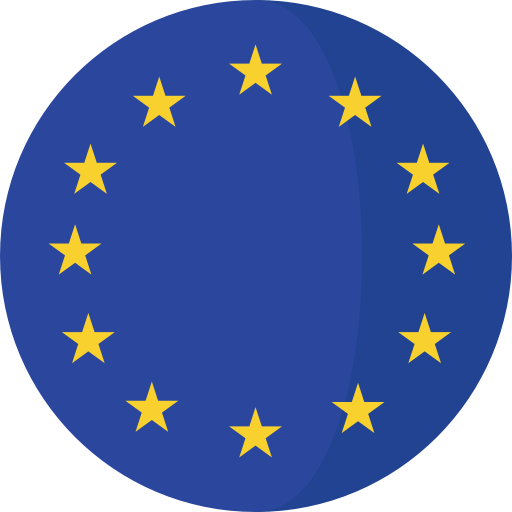 欧洲联盟
欧洲联盟
 欧盟的历史
欧盟的历史

 欧洲联盟
欧洲联盟
 *创始国
*创始国
 欧洲流行歌曲大赛
欧洲流行歌曲大赛

 财政金融
财政金融
 ***全球金融中心
***全球金融中心

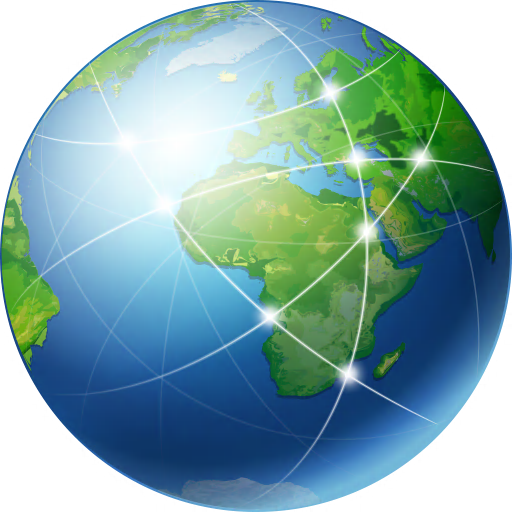 地理
地理

 地理
地理
 ***IMF发达国家
***IMF发达国家

 历史
历史
 公元 1500 - 2000
公元 1500 - 2000

 历史
历史
 公元 2000 - 2100
公元 2000 - 2100

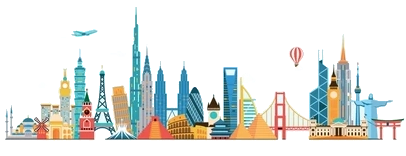 国际城市
国际城市
 *欧洲文化之都
*欧洲文化之都

 国际城市
国际城市
 欧洲城市
欧洲城市
 IMF发达国家
IMF发达国家
 IMF发达国家
IMF发达国家
 第六级
第六级
 卢森堡
卢森堡

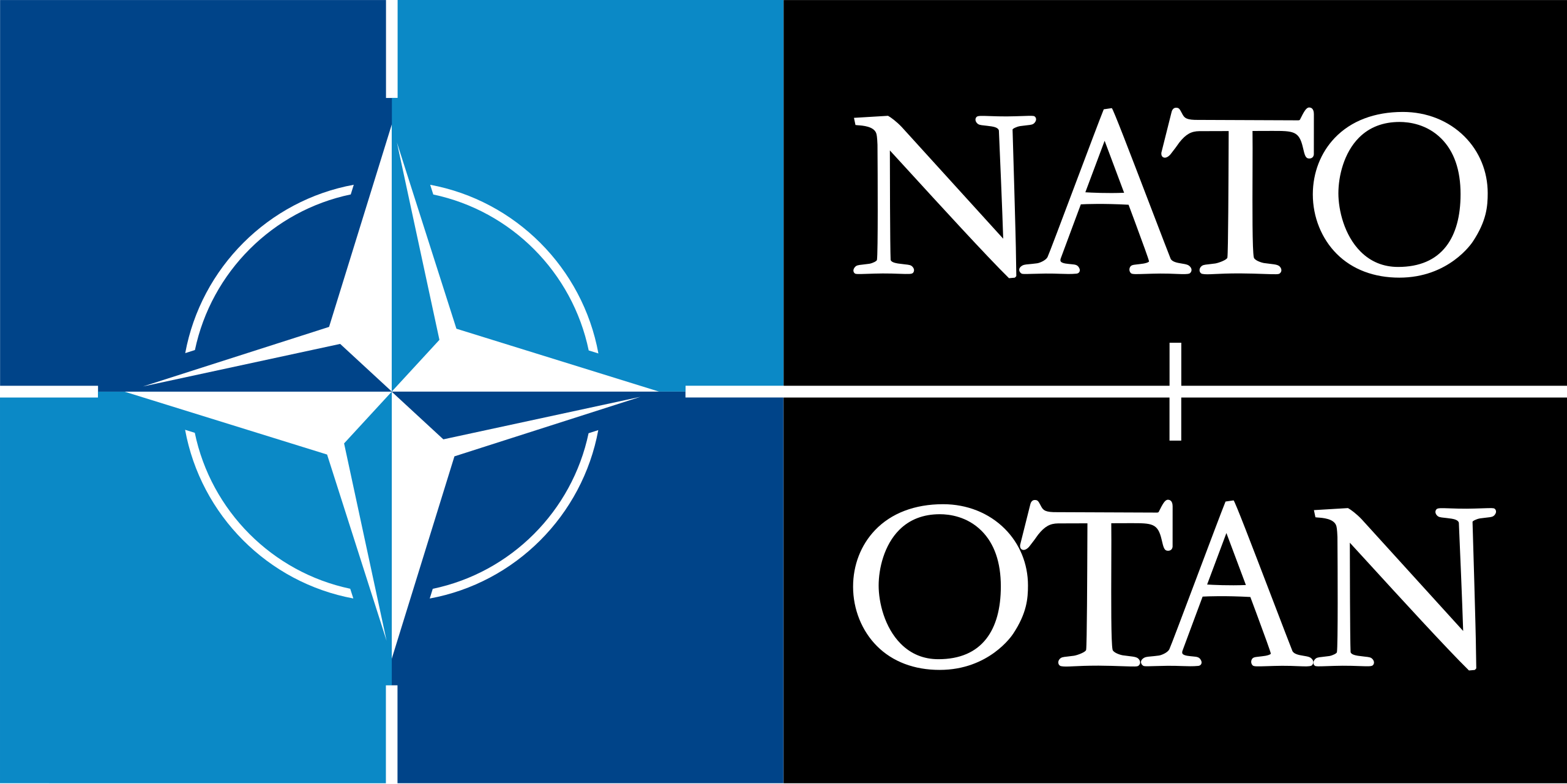 北约会员国
北约会员国

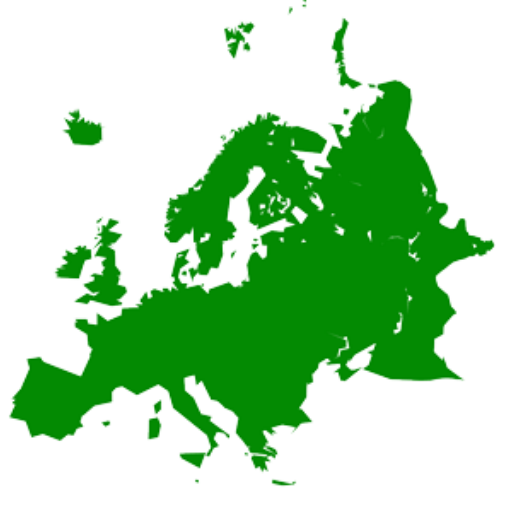 欧洲国家
欧洲国家

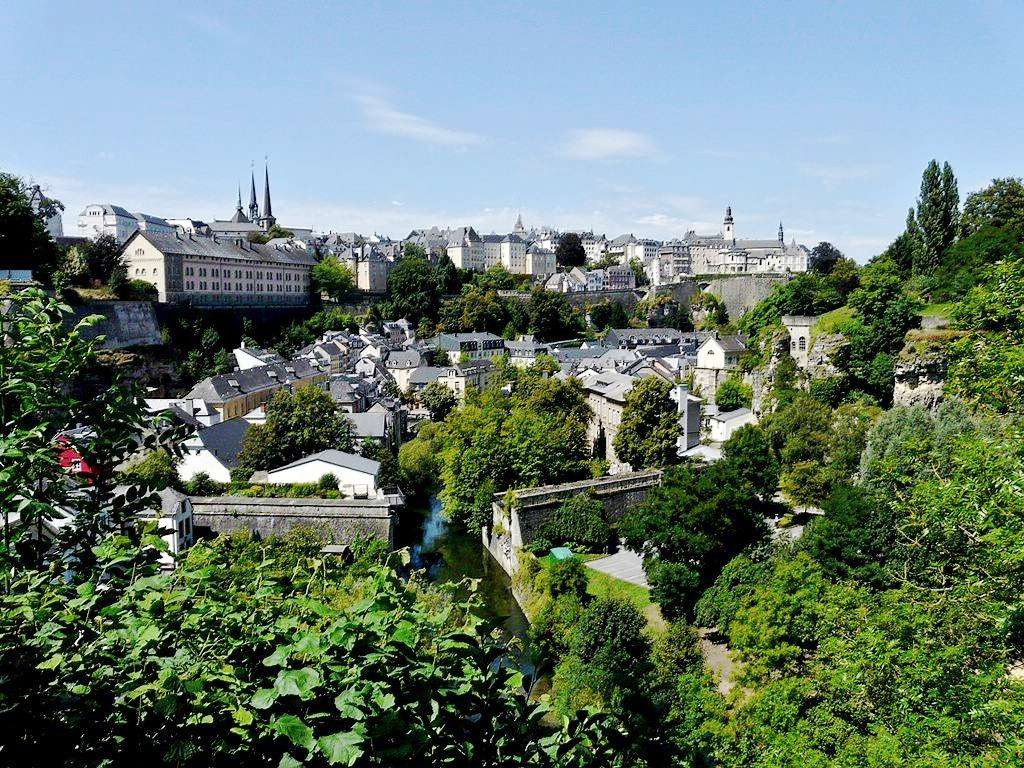
Das Großherzogtum Luxemburg (luxemburgisch Groussherzogtum Lëtzebuerg [ˈgʀəʊsˌhɛχtsoːktuːm ˈlətsəbuəɕ], französisch Grand-Duché de Luxembourg [ɡʁɑ̃ dyʃe də lyksɑ̃buʁ]) ist ein demokratischer Staat in Form einer parlamentarischen Monarchie[1] im Westen Mitteleuropas. Es ist das letzte Großherzog- bzw. Großfürstentum (von einst zwölf) in Europa. Das Land gehört zum mitteldeutschen Sprachraum. Landessprache ist Luxemburgisch, Verwaltungs- und Amtssprachen sind Französisch, Deutsch und Luxemburgisch. Gemeinsam mit seinem Nachbarn Belgien und mit den Niederlanden bildet Luxemburg die Beneluxstaaten.
卢森堡大公国(卢森堡语:Groussherzogtum Lëtzebuerg,法语:Grand-Duché de Luxembourg,德语:Großherzogtum Luxemburg),简称“卢森堡”,位于欧洲西北部,被邻国法国、德国和比利时包围,是一个内陆小国,也是现今欧洲大陆仅存的大公国,首都卢森堡市。因国土小、古堡多,又有“袖珍王国”、“千堡之国”的称呼 。
卢森堡地形富于变化,在历史上又处于德法要道,地势险要,一直是西欧重要的军事要塞,有北方直布罗陀的称号 。
卢森堡是一个高度发达的资本主义国家,也是欧盟和北约创始成员国之一,拥有欧盟多个下设机构,如欧洲法院、欧洲审计院以及欧洲投资银行,被称为继布鲁塞尔和斯特拉斯堡之后的欧盟“第三首都”。同时是高度发达的工业国家,还是欧元区内最重要的私人银行中心,及全球第二大仅次于美国的投资信托中心。金融、广播电视、钢铁是其三大经济支柱产业,该国失业率极低,人均寿命80岁。
卢森堡大公国(卢森堡语:Groussherzogtum Lëtzebuerg[注 1];法语:Grand-Duché de Luxembourg; 德语:Großherzogtum Luxemburg[注 2]),通称卢森堡(卢森堡语:Lëtzebuerg;法语:Luxembourg;德语:Luxemburg),被邻国法国、德国和比利时包围,是一个位于欧洲的内陆国家,也是现今欧洲大陆仅存的大公国,首都卢森堡市。卢森堡是欧盟成员国,因境内有欧洲法院、欧洲审计院、欧洲投资银行等多个欧盟机构被称为继布鲁塞尔和斯特拉斯堡之后的欧盟“第三首都”。
ルクセンブルク大公国(ルクセンブルクたいこうこく)、通称ルクセンブルクは、西ヨーロッパに位置する立憲君主制国家。首都は国名と同名のルクセンブルク市。隣接国は、南のフランス、西と北のベルギー、東のドイツである。ベルギー、オランダと併せてベネルクスと呼ばれる。
Luxembourg (/ˈlʌksəmbɜːrɡ/ ( listen)) (Luxembourgish: Lëtzebuerg [ˈlətsəbuə̯ɕ] (
listen)) (Luxembourgish: Lëtzebuerg [ˈlətsəbuə̯ɕ] ( listen); French: Luxembourg ; German: Luxemburg), officially the Grand Duchy of Luxembourg,[note 2] is a small landlocked country in western Europe. It is bordered by Belgium to the west and north, Germany to the east, and France to the south. Its capital, Luxembourg City, together with Brussels and Strasbourg, is one of the three official capitals of the European Union[6] and the seat of the European Court of Justice, the highest judicial authority in the EU. Its culture, people, and languages are highly intertwined with its neighbours, making it essentially a mixture of French and German cultures, as evident by the nation's three official languages: French, German, and the national language, Luxembourgish (sometimes considered a dialect of German). The repeated invasions by Germany, especially in World War II, resulted in the country's strong will for mediation between France and Germany and, among other things, led to the foundation of the European Union.[7]
listen); French: Luxembourg ; German: Luxemburg), officially the Grand Duchy of Luxembourg,[note 2] is a small landlocked country in western Europe. It is bordered by Belgium to the west and north, Germany to the east, and France to the south. Its capital, Luxembourg City, together with Brussels and Strasbourg, is one of the three official capitals of the European Union[6] and the seat of the European Court of Justice, the highest judicial authority in the EU. Its culture, people, and languages are highly intertwined with its neighbours, making it essentially a mixture of French and German cultures, as evident by the nation's three official languages: French, German, and the national language, Luxembourgish (sometimes considered a dialect of German). The repeated invasions by Germany, especially in World War II, resulted in the country's strong will for mediation between France and Germany and, among other things, led to the foundation of the European Union.[7]
With an area of 2,586 square kilometres (998 sq mi), it is one of the smallest sovereign states in Europe.[8] In 2016, Luxembourg had a population of 576,249, which makes it one of the least-populous countries in Europe,[9] but by far the one with the highest population growth rate.[10] Foreigners account for nearly half of Luxembourg's population.[11] As a representative democracy with a constitutional monarch, it is headed by Grand Duke Henri and is the world's only remaining grand duchy. Luxembourg is a developed country, with an advanced economy and one of the world's highest GDP (PPP) per capita. The City of Luxembourg with its old quarters and fortifications was declared a UNESCO World Heritage Site in 1994 due to the exceptional preservation of the vast fortifications and the old city.[12]
The history of Luxembourg is considered to begin in 963, when count Siegfried I acquired a rocky promontory and its Roman-era fortifications known as Lucilinburhuc, ′little castle′, and the surrounding area from the Imperial Abbey of St. Maximin in nearby Trier.[13][14] Siegfried's descendants increased their territory through marriage, war and vassal relations. At the end of the 13th century, the Counts of Luxembourg reigned over a considerable territory. [15] In 1308, Henry VII, Count of Luxembourg became King of the Germans and Holy Roman Emperor. The House of Luxembourg produced four Holy Roman Emperors at the high time of the Middle Ages. In 1354, Charles IV elevated the County to the Duchy of Luxembourg. Since Sigismund had no male heir, the Duchy became part of the Burgundian Circle and then one of the Seventeen Provinces of the Habsburg Netherlands.[16] Over the centuries, the City and Fortress of Luxembourg, of great strategic importance situated between the Kingdom of France and the Habsburg territories, was gradually built up to be one of the most reputed fortifications in Europe. After belonging to both the France of Louis XIV and the Austria of Maria Theresia, Luxembourg became part of the First French Republic and Empire under Napoleon.[17]
The present-day state of Luxembourg first emerged at the Congress of Vienna in 1815. The Grand-Duchy, with its powerful fortress, became an independent state under the personal possession of William I of the Netherlands with a Prussian garrison to guard the city against another invasion from France. [18] In 1839, following the turmoil of the Belgian Revolution, the purely Oil-speaking part of Luxembourg was ceded to Belgium and the Luxembourgish-speaking part (except the Arelerland, the area around Arlon) became what is the present state of Luxembourg. [19]
The steel industry exploiting the Red Lands' rich iron-ore grounds in the beginning of the 20th century drove the country's industrialisation. ArcelorMittal, the world's largest steel producer with headquarters in Luxembourg City, is still a reminder of these times. After the decline of the steel industry in the 1970s, the country focused on establishing itself as a global financial centre and developed into the banking hub it is reputed for. Since the beginning of the 21st century, its governments have focused on developing the country into a knowledge economy, with the founding of the University of Luxembourg and a national space programme, projecting the first involvement in a robotic lunar expedition by 2020.[20]
Luxembourg is a founding member of the European Union, OECD, United Nations, NATO, and Benelux. The city of Luxembourg, which is the country's capital and largest city, is the seat of several institutions and agencies of the EU. Luxembourg served on the United Nations Security Council for the years 2013 and 2014, which was a first in the country's history.[21] In 2016 Luxembourgish citizens had visa-free or visa-on-arrival access to 172 countries and territories, ranking the Luxembourgish passport 15th in the world, tied with countries such as Canada and Switzerland.[22]
Le Luxembourg, en forme longue le Grand-Duché de Luxembourg2,b,c ou le grand-duché de Luxembourgd, en luxembourgeois Lëtzebuerg et Groussherzogtum Lëtzebuerg, en allemand Luxemburg et Großherzogtum Luxemburg, est un pays d'Europe de l'Ouest sans accès à la mere Il est bordé par la Belgique à l'ouest et au nord, l'Allemagne à l'est, et la France au sud. Il comprend deux régions principales : l'Oesling au nord, qui est une partie du massif des Ardennes, et le Gutland au sud, prolongement de la Lorraine au sens géologique du terme. Le Luxembourg compte 602 005 habitants au 1er janvier 20181, et s'étend sur une superficie de 2 586 km2, faisant de lui l'une des plus petites nations souveraines d'Europe.
Le Luxembourg est une démocratie représentative et une monarchie constitutionnelle avec un grand-duc pour chef d'État, faisant du pays le seul grand-duché encore existant. Son économie dynamique en fait un des pays les plus riches et des plus prospères du monde, avec le PIB par habitant le plus élevé du monde selon le FMI en 2014. L'économie est principalement centrée sur les activités financières (environ la moitié du produit intérieur brut), favorisée par une fiscalité attractive voire dérisoire dans certains domaines (quasi-exonération d'impôts pour les bénéfices issus de l'exploitation de brevets ou de logiciels). La localisation centrale du territoire luxembourgeois en Europe a historiquement fait de lui un lieu d'une grande importance stratégique pour de nombreuses puissances, depuis sa fondation en tant que fortin romain7, son accueil d'un château franc durant le Haut Moyen Âge, et son rôle de bastion pour le chemin des Espagnols entre les XVIe et XVIIe siècles.
Le Luxembourg est le plus petit membre fondateur de l'Union européenne, de la zone euro, de l'OTAN, de l'OCDE, de l'ONU, de l'OSCE, du Conseil de l'Europe8,9,10,11 et du Benelux, reflétant son consensus politique en faveur de l'intégration économique, politique et militaire. La ville de Luxembourg, sa capitale et sa plus grande ville, est le siège de plusieurs établissements et institutions de l'UE. En 2012, le Luxembourg a été élu pour la première fois de son histoire à un siège temporaire au Conseil de sécurité des Nations unies. En raison de sa position géographique, la culture luxembourgeoise est une fusion de l'Europe germanique et romane, intégrant chacune des deux. De ce fait, le Luxembourg est un pays trilingue : le luxembourgeois, le français et l'allemand sont les trois langues officielles et, depuis 1984, le luxembourgeois a légalement le statut de « langue nationale »12.
Il Granducato di Lussemburgo (in francese: le Grand-Duché de Luxembourg; in lussemburghese: Groussherzogtum Lëtzebuerg; in tedesco: Großherzogtum Luxemburg) è un paese membro dell'Unione europea situato tra Germania, Francia e Belgio. È uno stato senza sbocco sul mare.
Membro fondatore dell'Unione europea, della NATO, del Benelux e delle Nazioni Unite, la sua capitale, l'omonima città di Lussemburgo, è sede di numerose istituzioni e agenzie europee oltre ad essere uno snodo finanziario di primaria importanza.
È l'unico granducato rimasto al mondo.
Luxemburgo, oficialmente denominado Gran Ducado de Luxemburgo (luxemburgués: Groussherzogtum Lëtzebuerg, francés: Grand-Duché de Luxembourg, alemán: Großherzogtum Luxemburg), es un pequeño país de Europa Central que forma parte de la Unión Europea. Se trata de un Estado sin litoral, rodeado por Francia, Alemania y Bélgica. Luxemburgo cuenta con una población de medio millón de habitantes sobre un área de 2586 kilómetros cuadrados.1
El gobierno de Luxemburgo es una monarquía constitucional y parlamentaria, siendo el único gran ducado soberano en la actualidad. El Estado tiene una economía altamente desarrollada, con el mayor producto interior bruto por cápita del mundo de acuerdo al Banco Mundial, y el segundo de acuerdo al Fondo Monetario Internacional.
Luxemburgo es miembro de la Unión Europea, la Organización del Tratado del Atlántico Norte, la Organización para la Cooperación y el Desarrollo Económico, las Naciones Unidas y el Benelux, reflejando la orientación política a favor de la integración económica, política y militar. Su capital, Luxemburgo, es sede de numerosas instituciones y agencias de la Unión Europea.
Luxemburgo posee culturas y tradiciones diversas por encontrarse entre la Europa romana y la Europa germánica. El país tiene tres lenguas oficiales: alemán, francés y luxemburgués. La localidad Schengen, que dio su nombre al espacio de Schengen, está ubicada en Luxemburgo.
Люксембу́рг (люксемб. Lëtzebuerg), официально Вели́кое Ге́рцогство Люксембу́рг (люксемб. Groussherzogtum Lëtzebuerg, фр. Grand-Duché de Luxembourg, нем. Großherzogtum Luxemburg) — государство (великое герцогство) в Западной Европе. Граничит с Бельгией на севере, на западе и на юге с Францией, на востоке с Германией, не имеет выхода к морю. Название происходит от древневерхненемецкого «lucilinburch» — «малый город». Общая площадь Люксембурга составляет 2586,4 км², что делает его одним из самых маленьких суверенных государств в Европе[5]. Население на 1 января 2018 года составляет 602 005 человек[2].
Член Европейского союза с 1957 года, также является членом НАТО, ОЭСР и ООН. Вместе с Бельгией и Нидерландами входит в состав Бенилюкса.

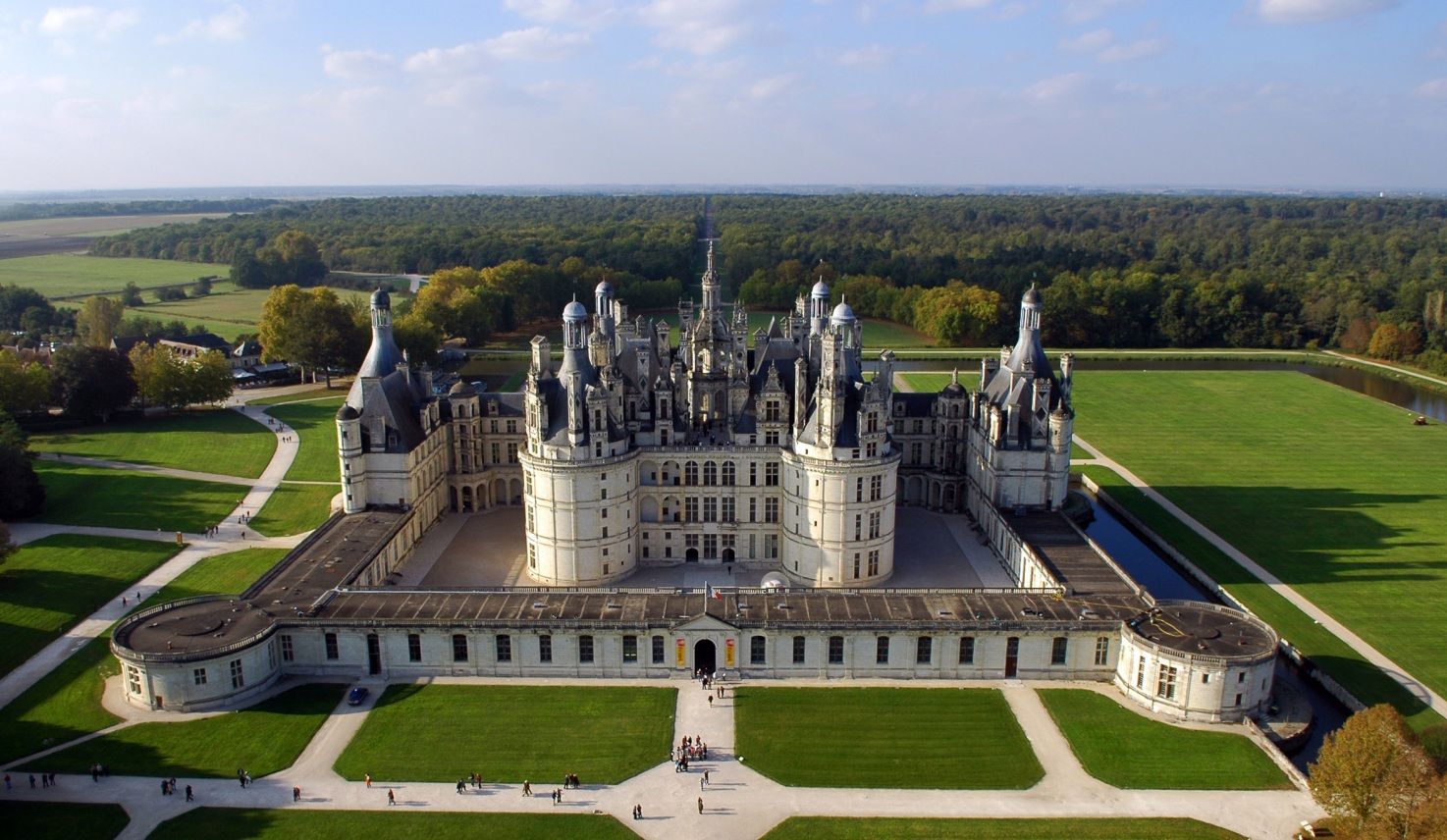
Schloss Chambord (französisch Château de Chambord, historisch auch Chambourg) ist das größte Schloss des Loiretales. Es liegt ca. 15 Kilometer östlich von Blois in einem ausgedehnten früheren Jagdgebiet. Es wurde in der ersten Hälfte des 16. Jahrhunderts unter König Franz I. als Prunk- und Jagdschloss bei Chambord errichtet und gilt als das prächtigste aller Loireschlösser.
香波尔城堡(法语:Château de Chambord)位于法国卢瓦尔-谢尔省的香波尔,属法国文艺复兴式建筑,是卢瓦尔河谷城堡群的法式城堡中最容易辨认的其中一个。香波尔城堡是卢瓦尔河流域城堡群中最大的城堡,位于法国中央卢瓦尔河大区的布卢瓦市以东15公里处,如今是法国的国家公园,历史上则是王室的狩猎行宫。它是欧洲最大的封闭式园林,城堡加上周围狩猎用的森林,占地总共是54.4平方公里,森林围墙周长32.2公里,相当于大概75个紫禁城,或者北京二环内的城区面积。城堡主体长156米、高56米、拥有77座楼梯、282座烟囱、440个房间,历时166年才最终建成。
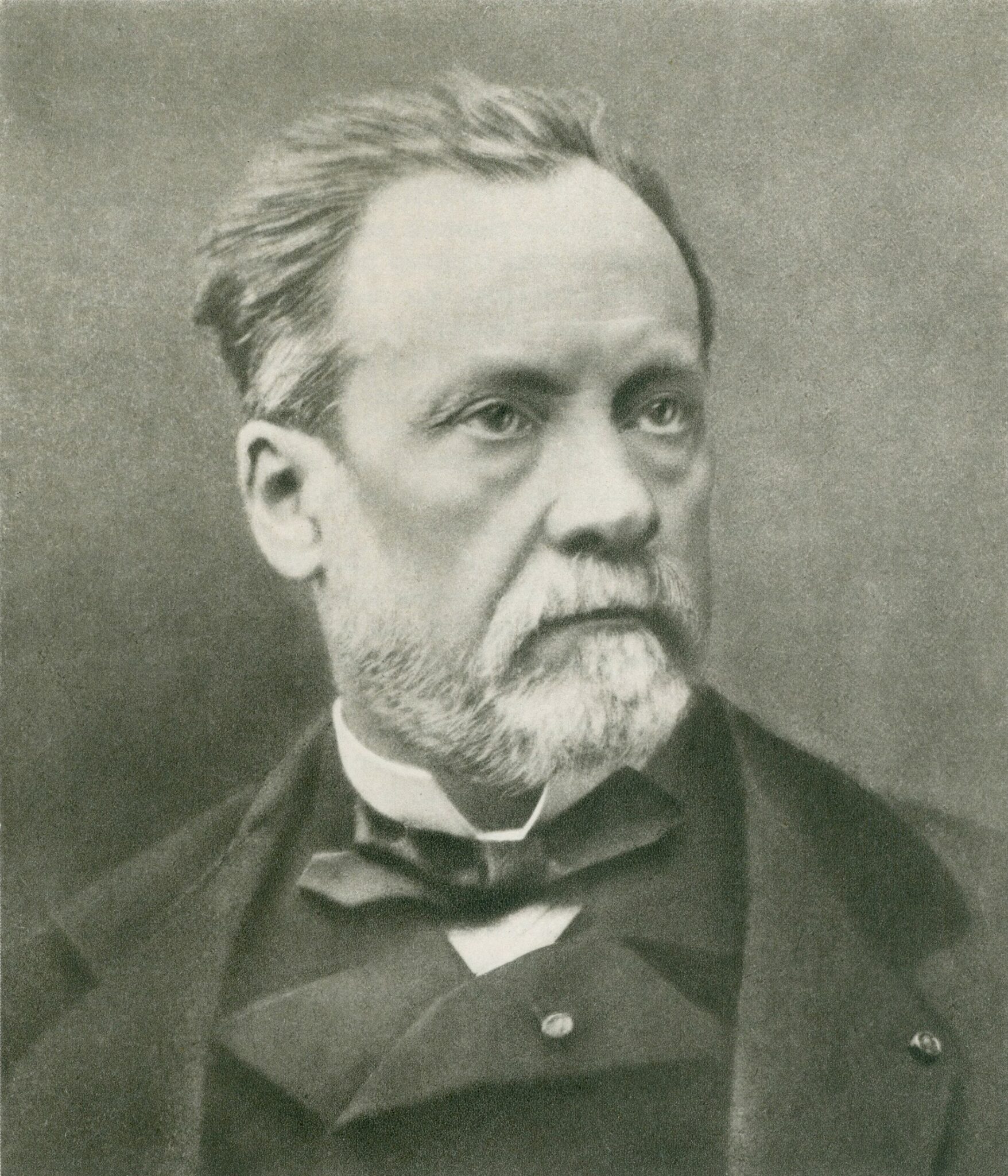
Louis Pasteur (* 27. Dezember 1822 in Dole, Département Jura; † 28. September 1895 in Villeneuve-l’Étang bei Paris) war ein französischer Chemiker, Physiker, Biochemiker und Mitbegründer der medizinischen Mikrobiologie, der zum Teil aufbauend auf den bakteriologischen Forschungen Robert Kochs in Wollstein und Berlin entscheidende Beiträge zur Vorbeugung gegen Infektionskrankheiten durch Impfung geleistet hat.
Pasteur begann seine Karriere mit einer Entdeckung auf dem Gebiet der Chemie: Aus zwei asymmetrischen, spiegelbildlichen Kristallformen eines Salzes der Traubensäure sowie ihrer optischen Aktivität, wenn sie getrennt in Lösung gebracht wurden, schloss er auf ihre zugrunde liegende molekulare Asymmetrie. Damit wurde er zum Begründer der Stereochemie. Optische Aktivität war in den Augen Pasteurs eine Eigenschaft, die die Moleküle von Lebewesen charakterisiert. Da bei der Gärung optisch aktive Substanzen entstehen, vermutete er, dass sie von Mikroorganismen verursacht wurde. Dies konnte er in einer Reihe von Experimenten belegen und damit die konkurrierende Hypothese ausschließen, die etwa von Justus Liebig vertreten worden war, es handele sich um rein chemische Reaktionen ohne Beteiligung von Lebewesen. Gleichzeitig galt damit die seit der Antike diskutierte Frage, ob unter Alltagsbedingungen Leben – etwa das von Bakterien – spontan entstehen kann, als entschieden. Im Rahmen seiner Studien zur Gärung entdeckte Pasteur, dass es Mikroorganismen gibt, die ohne Sauerstoff auskommen, und er fand das erste Beispiel für eine Stoffwechselregulation, als er beobachtete, dass Hefezellen unter Ausschluss von Sauerstoff Zucker schneller verbrauchen. Pasteur beschrieb verschiedene Formen der Gärung und erkannte, dass dies verschiedenartige Mikroorganismen voraussetzt. Eine praktische Konsequenz dieser Arbeiten war ein Verfahren zur Haltbarmachung flüssiger Lebensmittel, die Pasteurisierung.
Im Auftrag der französischen Regierung erforschte Pasteur verschiedene Krankheiten der Seidenraupen und erkannte sie um 1863[1] als parasitäre Infektionskrankheiten. Ab 1876 widmete er sich vollständig human- und veterinärmedizinischen Fragen. Er entwickelte einen Impfstoff aus abgeschwächten Krankheitserregern zum Schutz vor Geflügelcholera und baute damit die Impfung – für die es in der Humanmedizin bis dahin nur das Beispiel der Pockenschutzimpfung gegeben hatte – überhaupt erst zu einem allgemeinen Prinzip aus. Weitere Impfstoffe gegen Milzbrand, Schweinerotlauf und Tollwut zeigten, dass man zumindest theoretisch fortan beliebigen Infektionskrankheiten vorbeugen konnte. Mit seinen Arbeiten zur Gärung und Impfung demonstrierte Pasteur das wirtschaftliche und medizinische Potenzial experimenteller Biologie. Die Produktion des Milzbrandimpfstoffs stand am Anfang der Impfstoff-Industrie. Eine Spendenwelle nach der ersten spektakulären Tollwut-Impfung des Jungen Joseph Meister im Jahr 1885 erlaubte die Gründung des außeruniversitären, unmittelbar der Staatsregierung unterstellten Institut Pasteur, bis heute die führende Wissenschaftsinstitution Frankreichs in der biomedizinischen Forschung.
路易·巴斯德(法语:Louis Pasteur,法语发音:[lwi pastœʁ],1822年12月27日—1895年9月28日),法国微生物学家、化学家,微生物学的奠基人之一。他以借生源说否定自然发生说(自生说)、倡导疾病细菌学说(胚种学说),以及发明预防接种方法以及巴氏杀菌法而闻名,为第一个创造狂犬病和炭疽病疫苗的科学家。被世人称颂为 “进入科学王国的最完美无缺的人”[2]。他和费迪南德·科恩以及罗伯特·科赫一起开创了细菌学,被认为是微生物学的奠基者之一[3],常被称为“微生物学之父”。

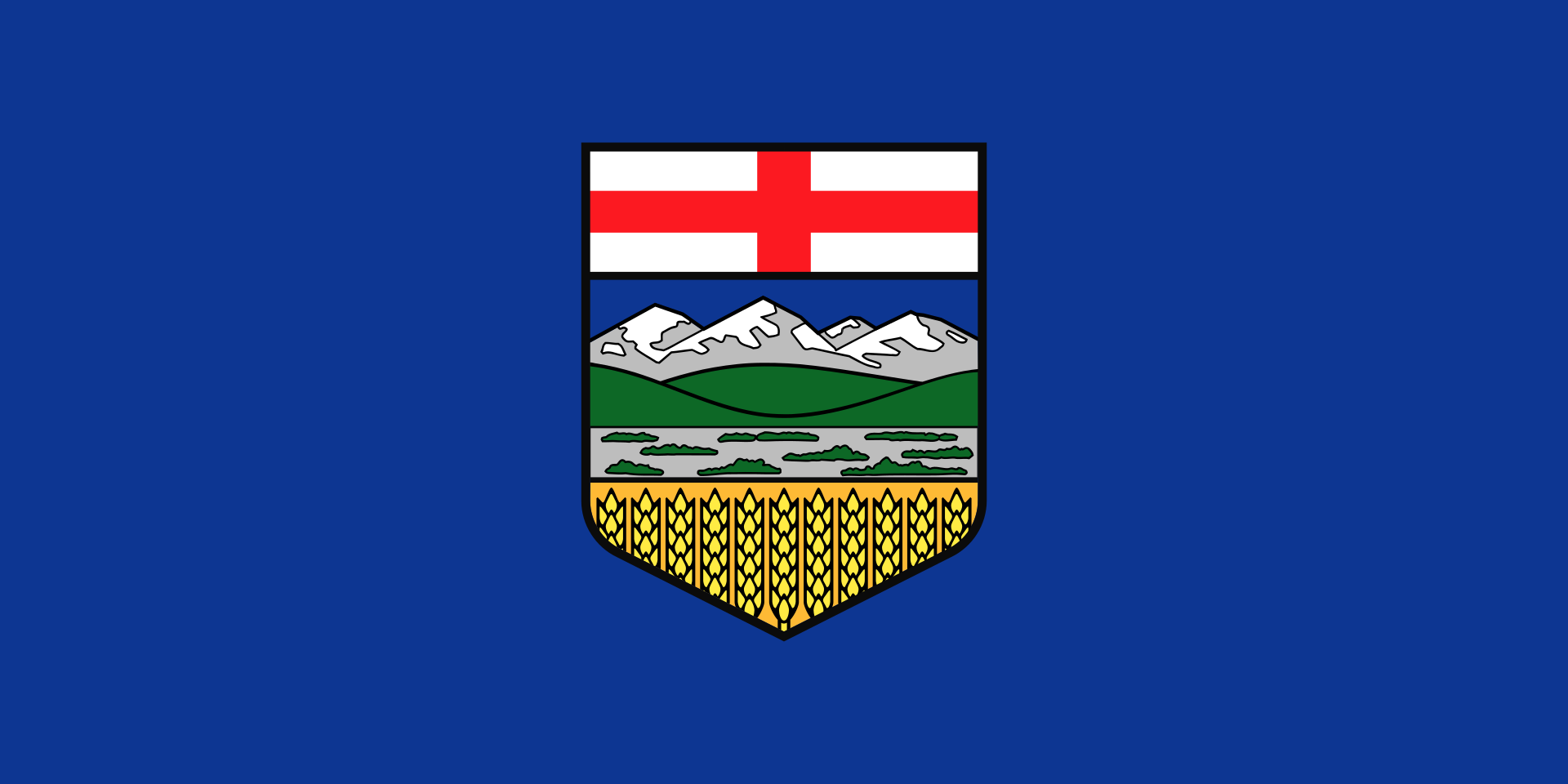 艾伯塔省
艾伯塔省

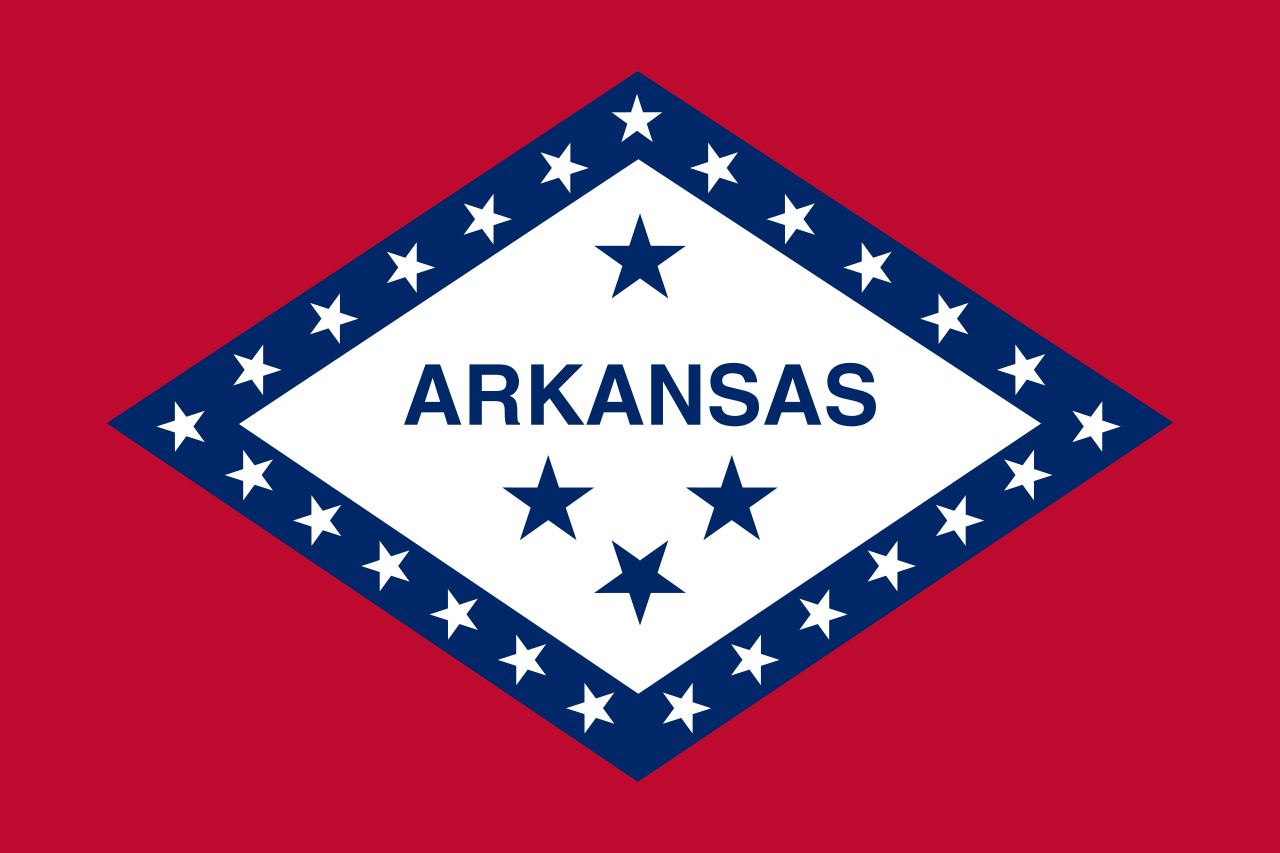 阿肯色州
阿肯色州

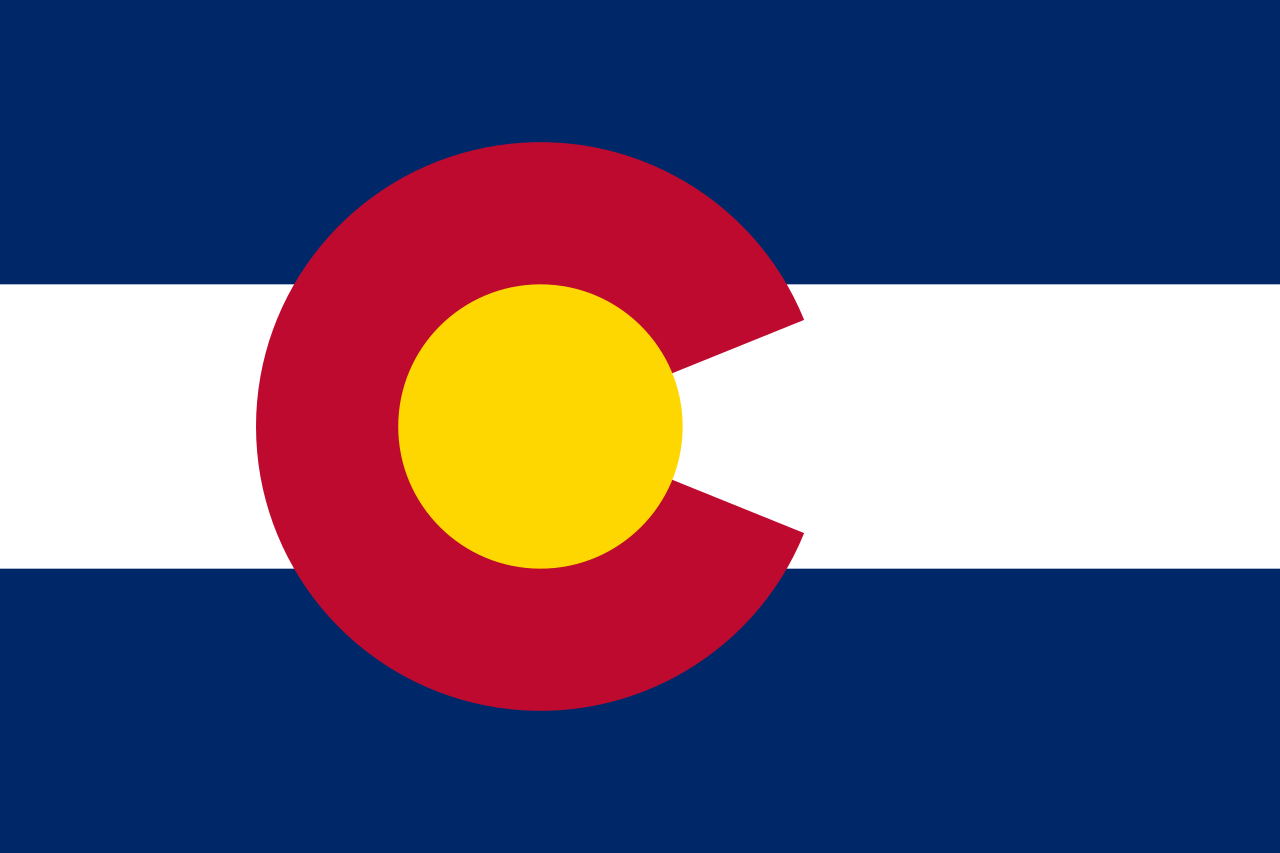 科罗拉多州
科罗拉多州
 美国历史
美国历史

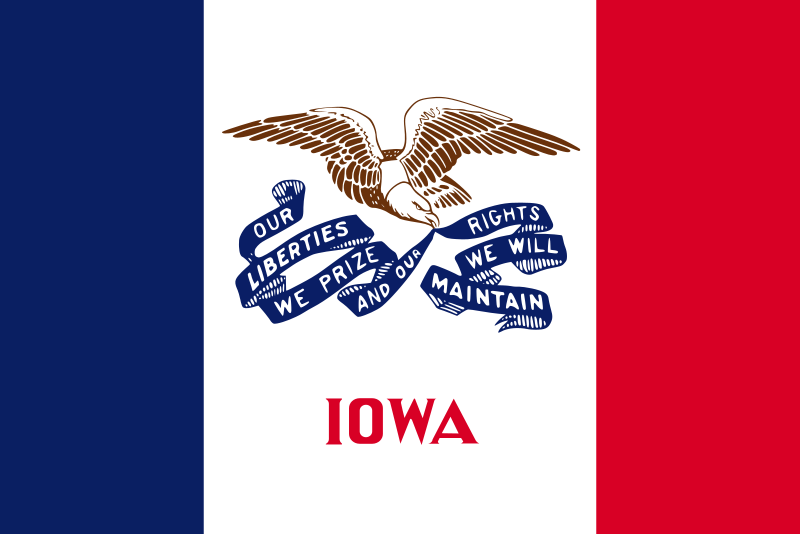 爱荷华州
爱荷华州

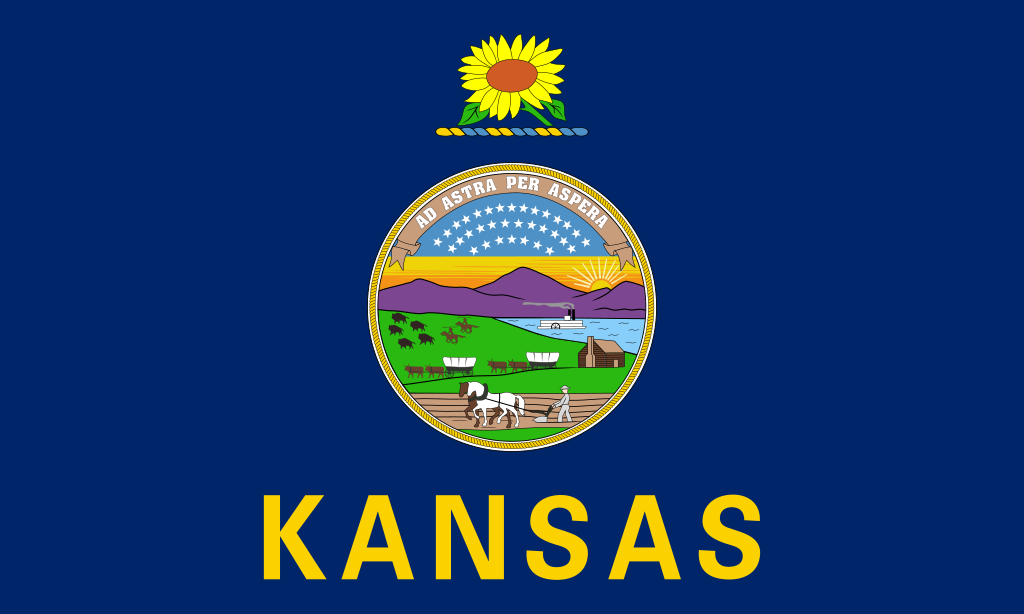 堪萨斯州
堪萨斯州

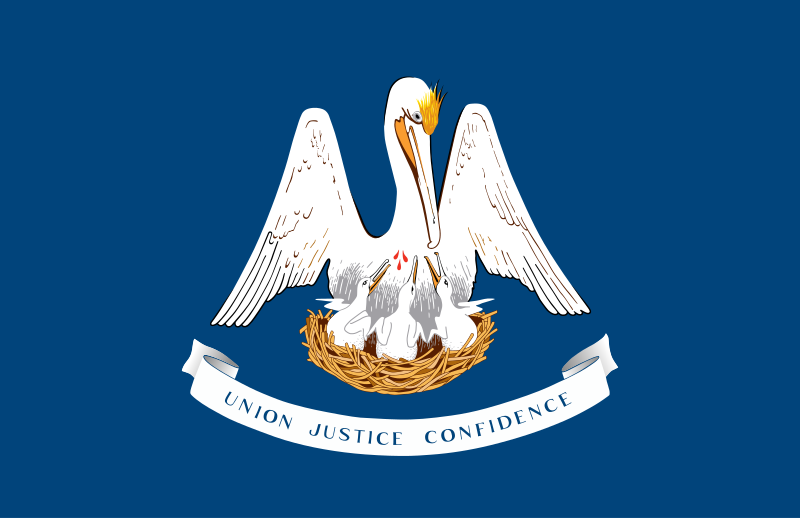 路易斯安那州
路易斯安那州

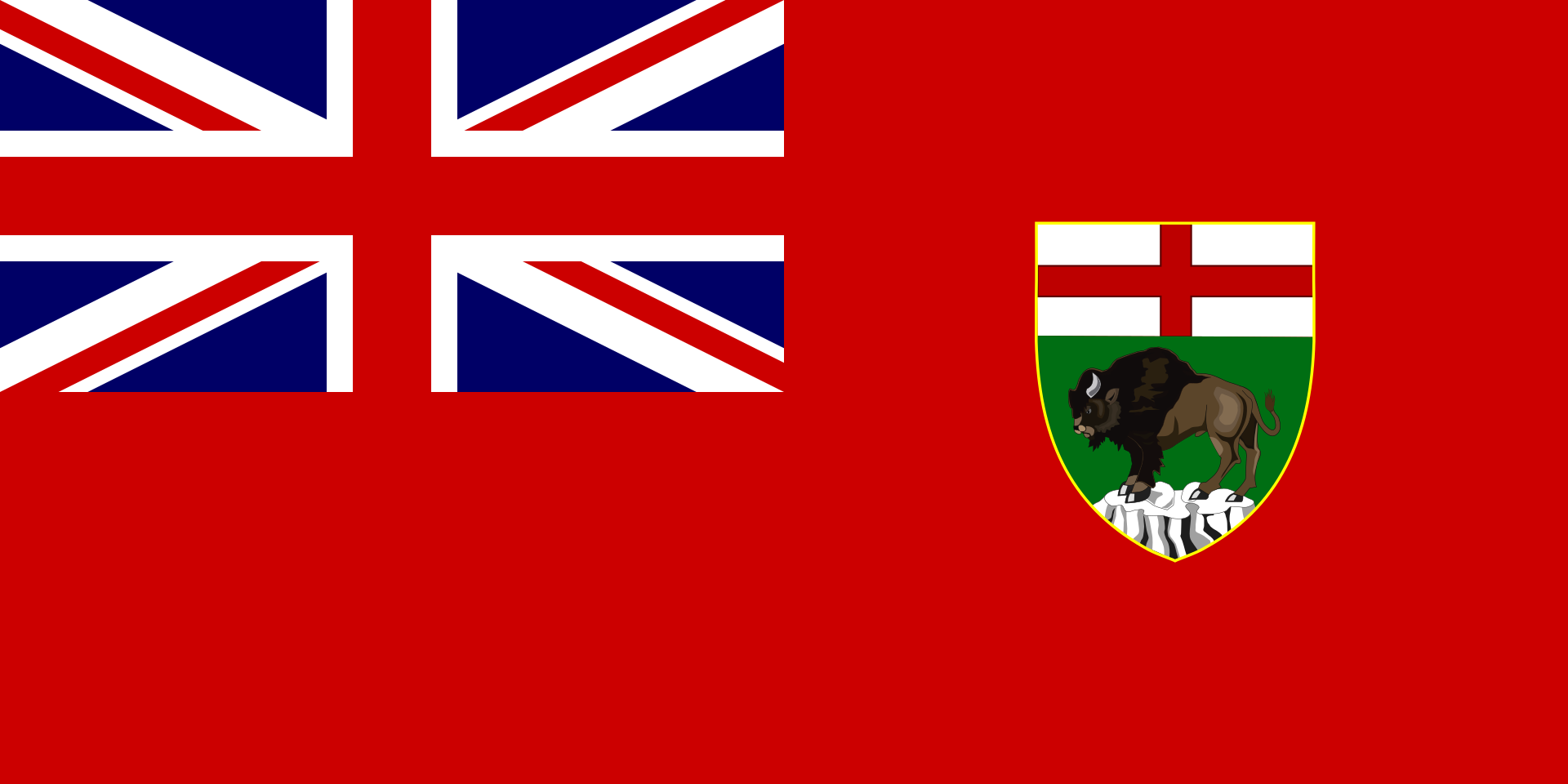 曼尼托巴省
曼尼托巴省

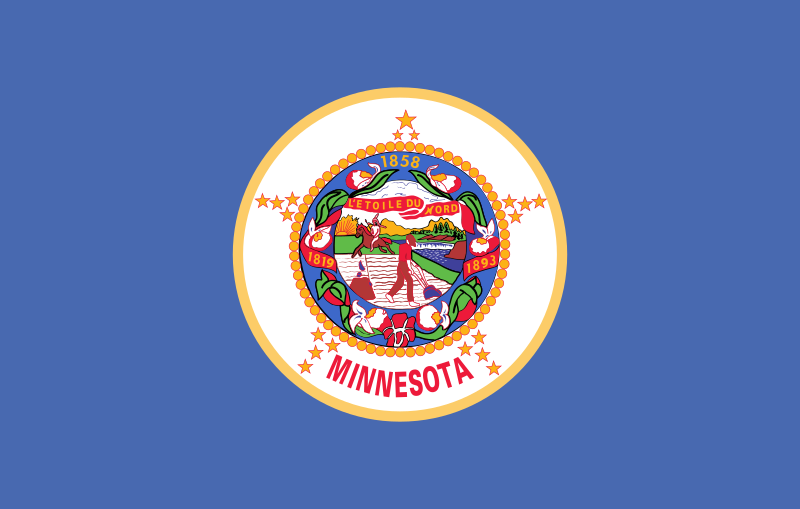 明尼苏达州
明尼苏达州

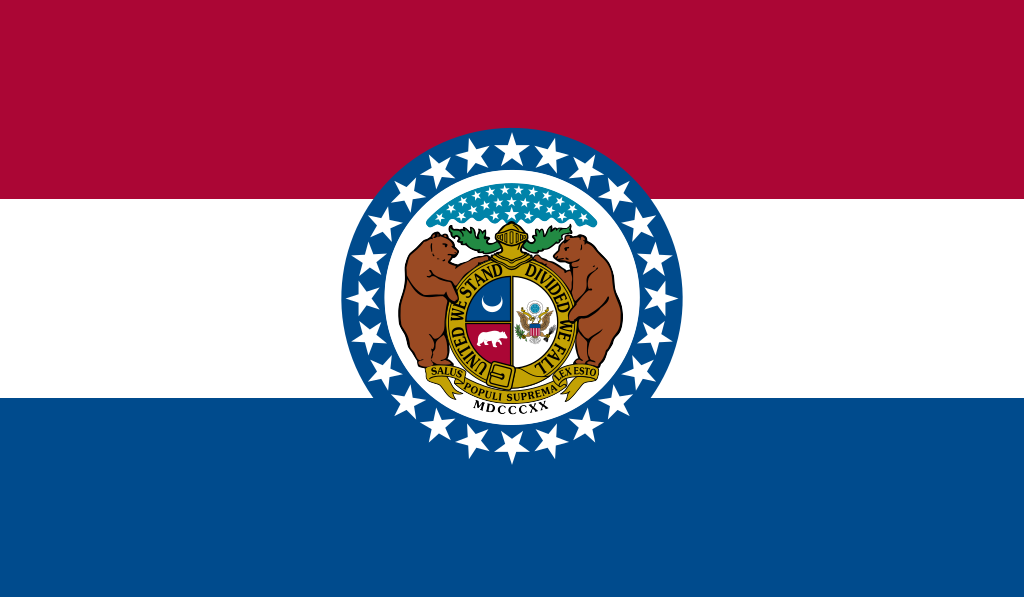 密苏里州
密苏里州

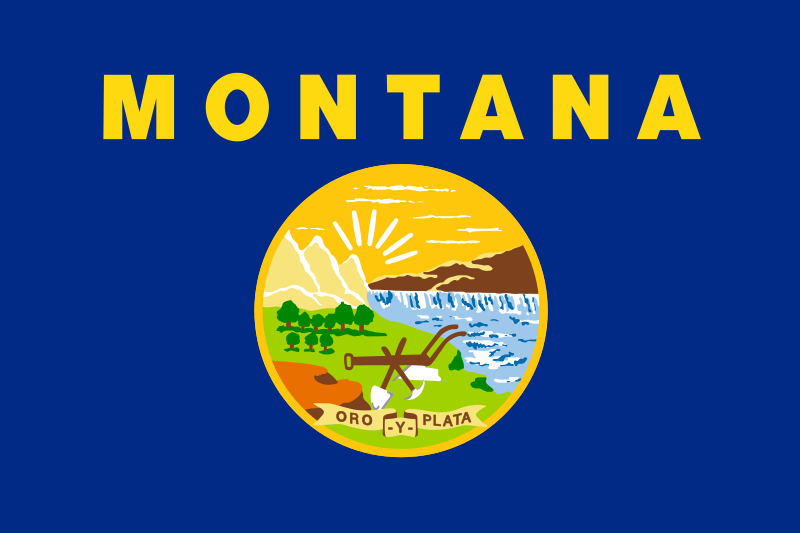 蒙大拿州
蒙大拿州

 内布拉斯加州
内布拉斯加州

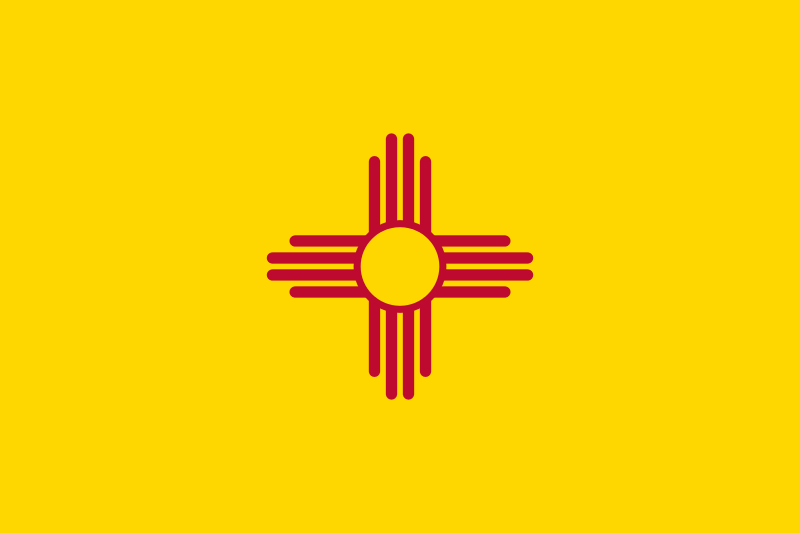 新墨西哥州
新墨西哥州

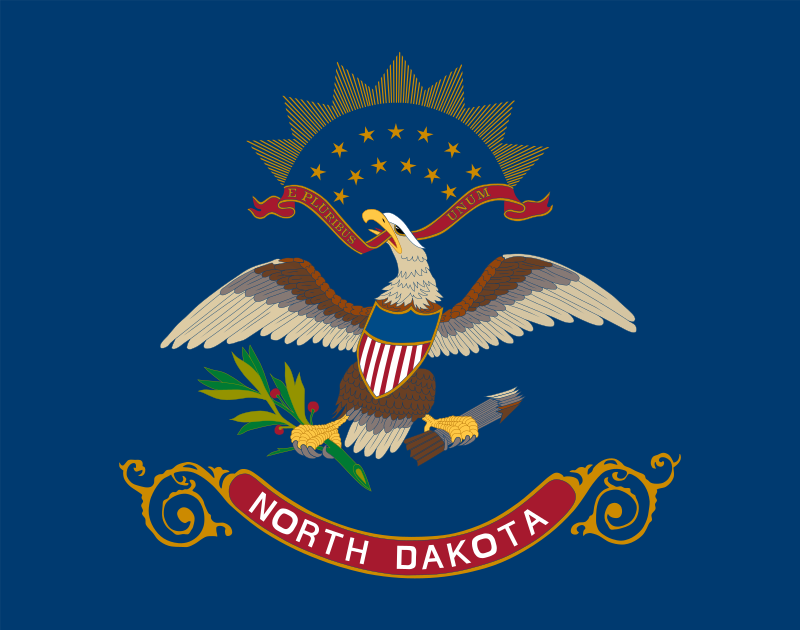 北达科他州
北达科他州

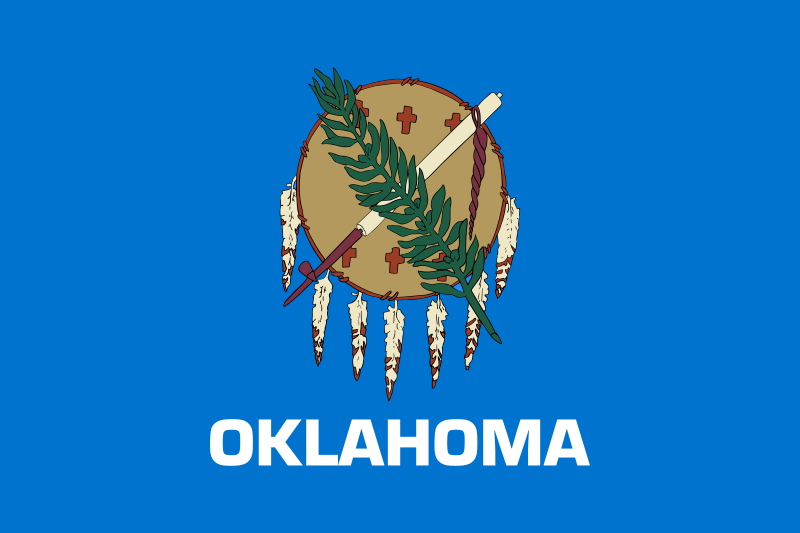 俄克拉荷马州
俄克拉荷马州

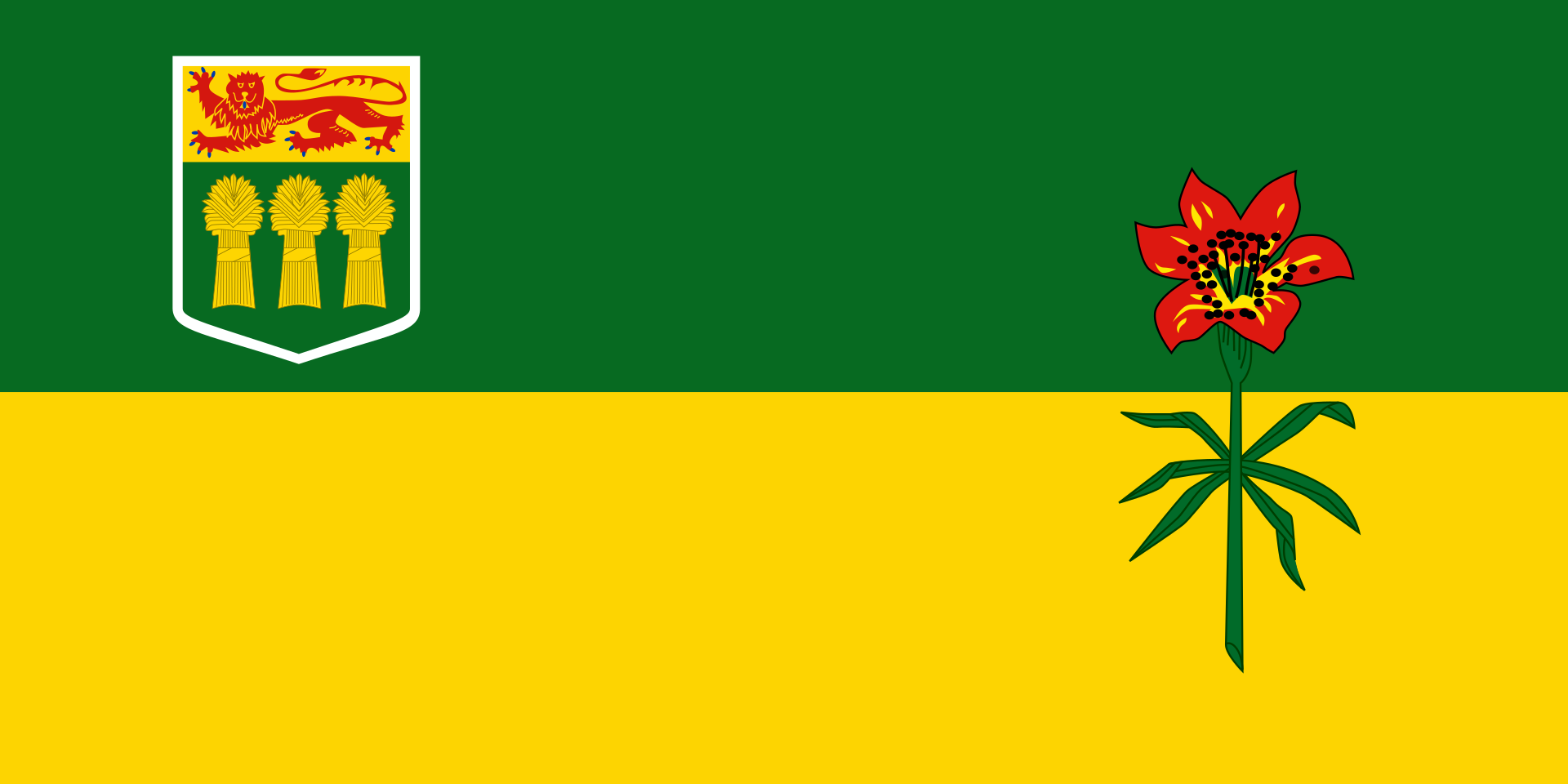 萨斯喀彻温省
萨斯喀彻温省

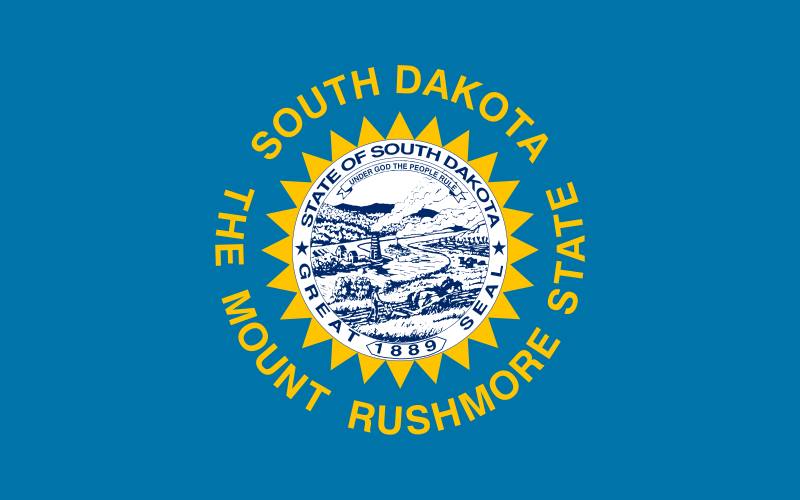 南达科他州
南达科他州

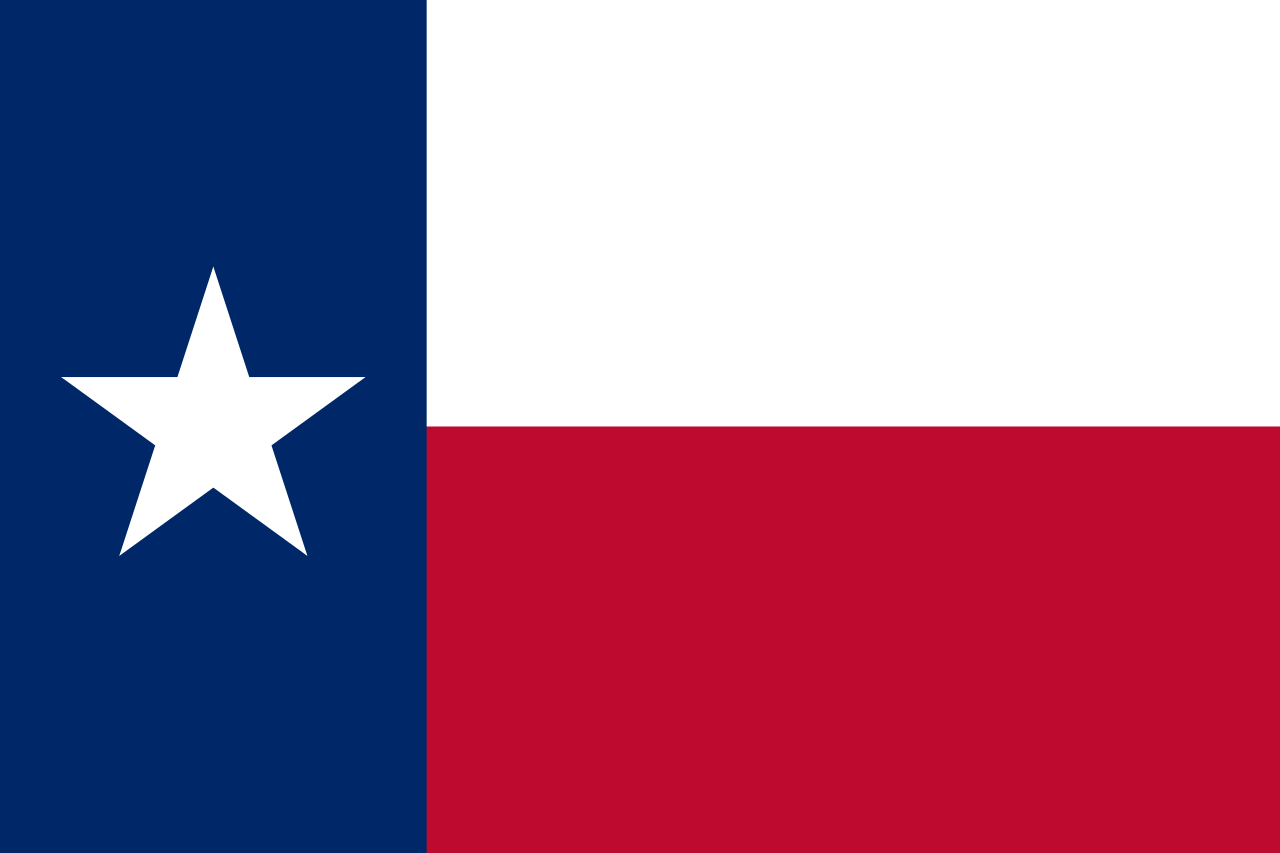 得克萨斯州
得克萨斯州

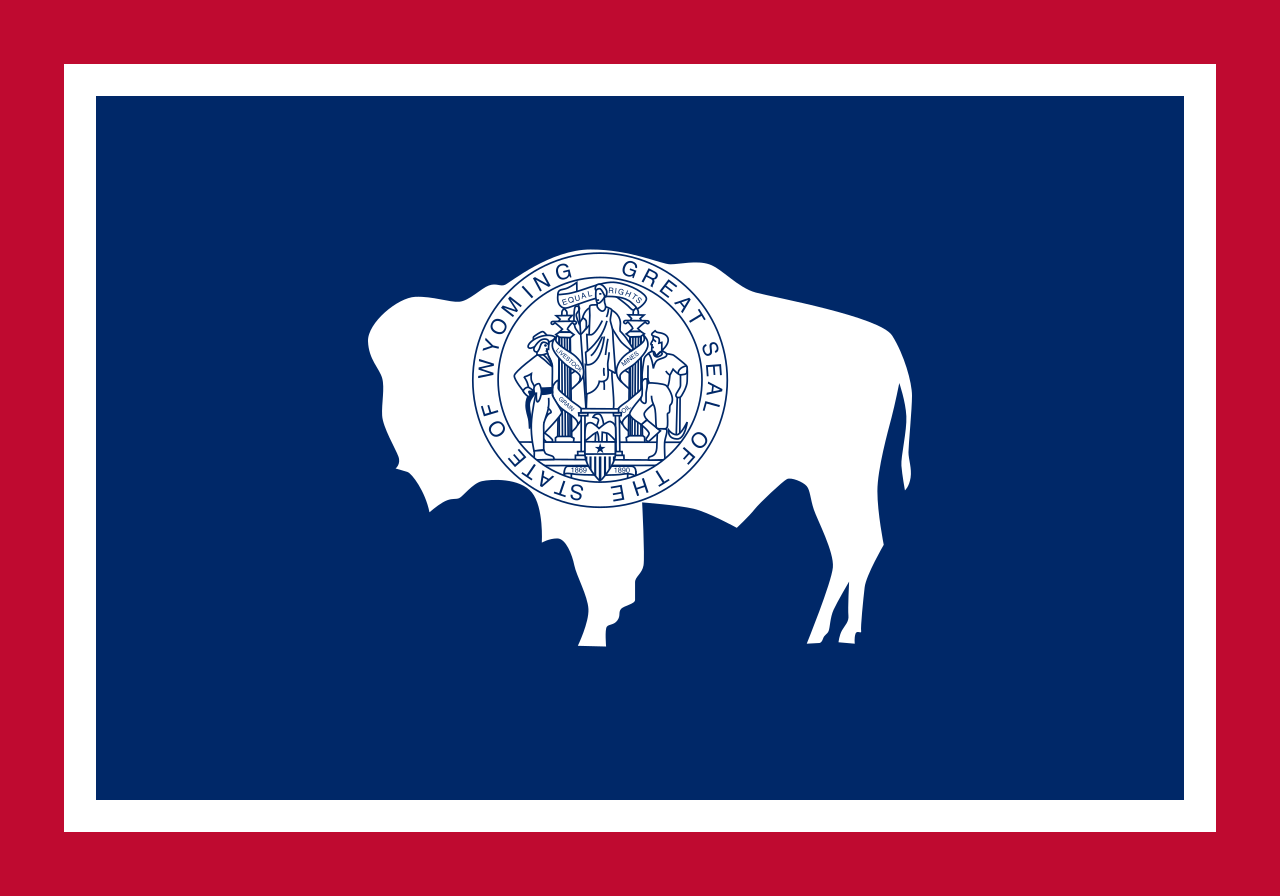 怀俄明州
怀俄明州
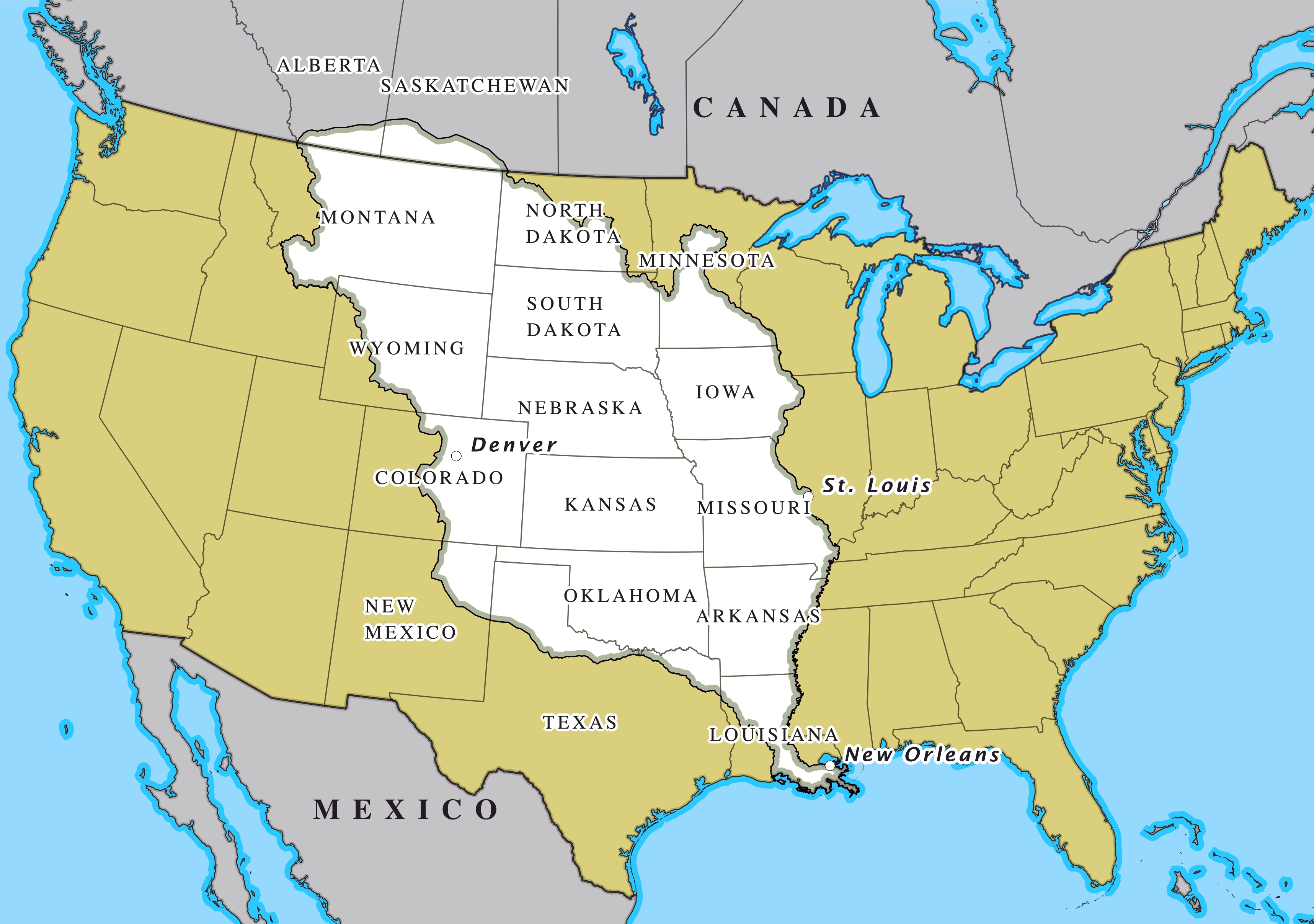
Der Louisiana Purchase (Louisiana-Kauf; im Französischen vente de la Louisiane, d. h. Verkauf von Louisiana) war der Kauf von 2.144.476 km² Land, das die USA 1803 von Frankreich erwarben. Der Kaufpreis betrug damals 15 Millionen US-Dollar oder 80 Millionen französische Francs (7 US-Dollar pro km²). Gemessen an der Kaufkraft entspricht das einem heutigen Wert von circa 251 Millionen US-Dollar oder knapp 117 Dollar pro km² (Stand 2018).[1]
Verkauft wurde das Gebiet der ehemaligen Kolonie Louisiana, das westlich des Mississippi River lag. Dieses Gebiet ist viel größer als der heutige Staat Louisiana: Es umfasst außer Teilen des heutigen Louisiana auch die heutigen Staaten Arkansas, Missouri, Iowa, Oklahoma, Kansas und Nebraska sowie Teile von Minnesota, North Dakota, South Dakota, Texas, New Mexico, Colorado, Wyoming, Montana, außerdem noch Randgebiete der kanadischen Provinzen Manitoba, Saskatchewan und Alberta.
Der Louisiana Purchase war das größte Grundstücksgeschäft der Geschichte. Das gekaufte Land verdoppelte damals das Territorium der Vereinigten Staaten und macht fast ein Viertel des heutigen Staatsgebiets aus.
路易斯安那购地(英语:Louisiana Purchase;法语:Vente de la Louisiane)是美国于1803年以每英亩三美分向法国购买超过529,911,680英亩(2,144,476平方公里)土地的交易案,该交易的总价为1500万美元或相当于8000万法郎;若计算通货膨胀等因素,此数额在今日相当于3亿100万美元。如以国内生产总值相对比例计算,此数额在2004年相当于4,178亿美元。而土地上所有后续条约和财务结算的总成本,估计约为26亿美元。[1]。
法属路易斯安那的版图远超今日美国的路易斯安那州。从南至北,该属地范围包括了现今美国路易斯安那州密西西比河两岸(包括新奥尔良市)、阿肯色州、奥克拉荷马州、德克萨斯州北部边界地带、新墨西哥州东北角、密苏里州、堪萨斯州、科罗拉多州洛基山脉以东、爱荷华州、内布拉斯加州、怀俄明州大部(落基山脉以东)、明尼苏达州密西西比河以西、南达科他州、北达科他州大部、蒙大拿州大部(除西端),以及现今加拿大马尼托巴、萨斯喀彻温、艾伯塔各省之密苏里河流域地区(也即南部边境地带)。购地所涉土地面积是今日美国国土的22.3%,与当时美国原有国土面积大致相当,因此使得当时美国的国土翻倍。

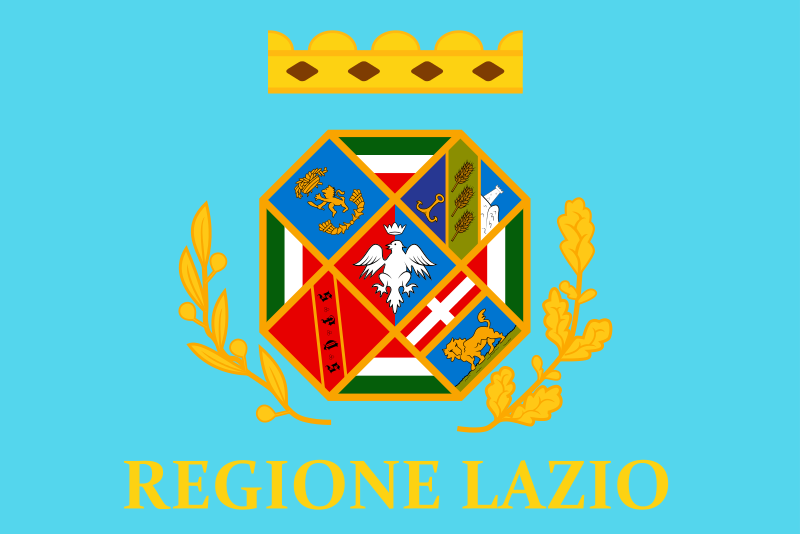 拉齐奥大区
拉齐奥大区
 艺术
艺术

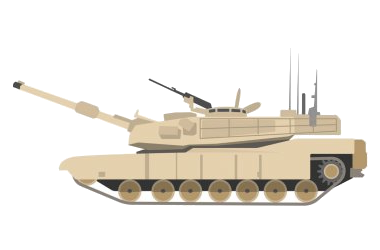
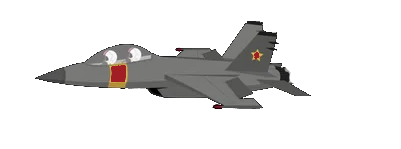
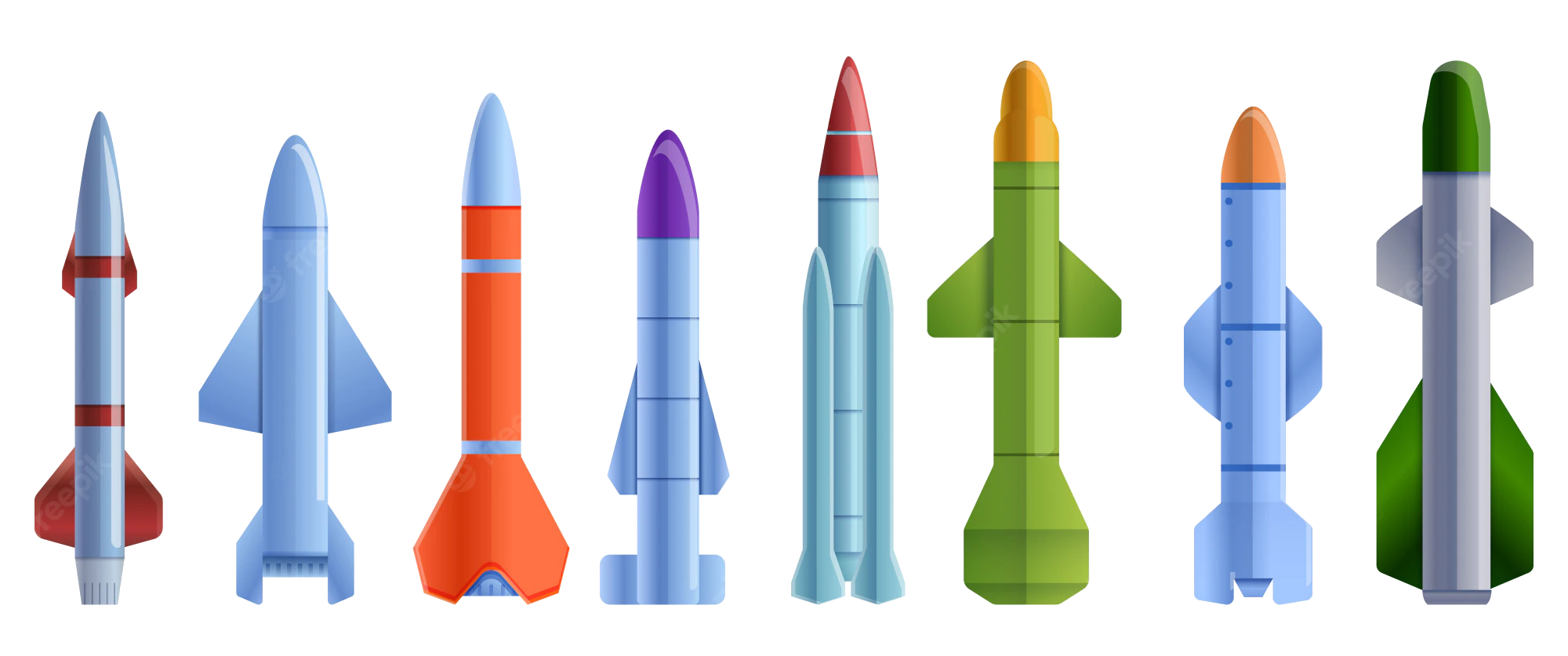 军事、国防和装备
军事、国防和装备
 假期和旅游
假期和旅游

 科学技术
科学技术
 建筑艺术
建筑艺术
 法兰西岛
法兰西岛
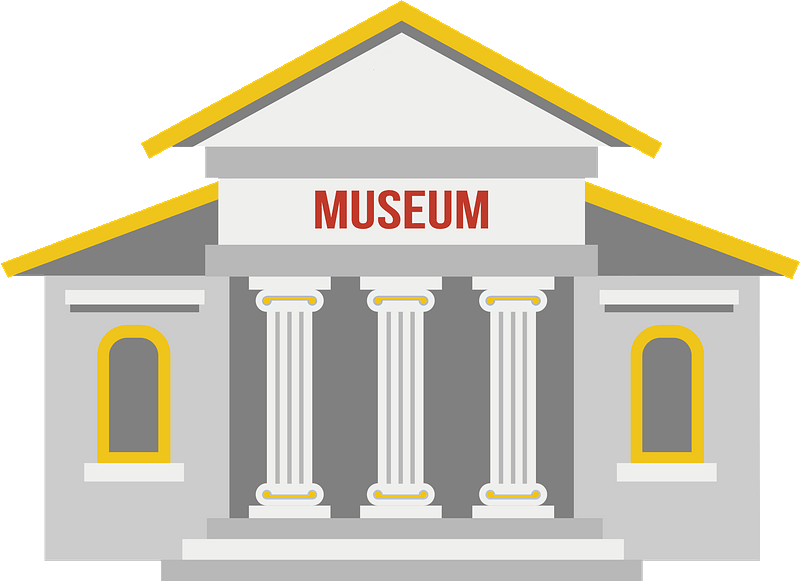 博物馆
博物馆
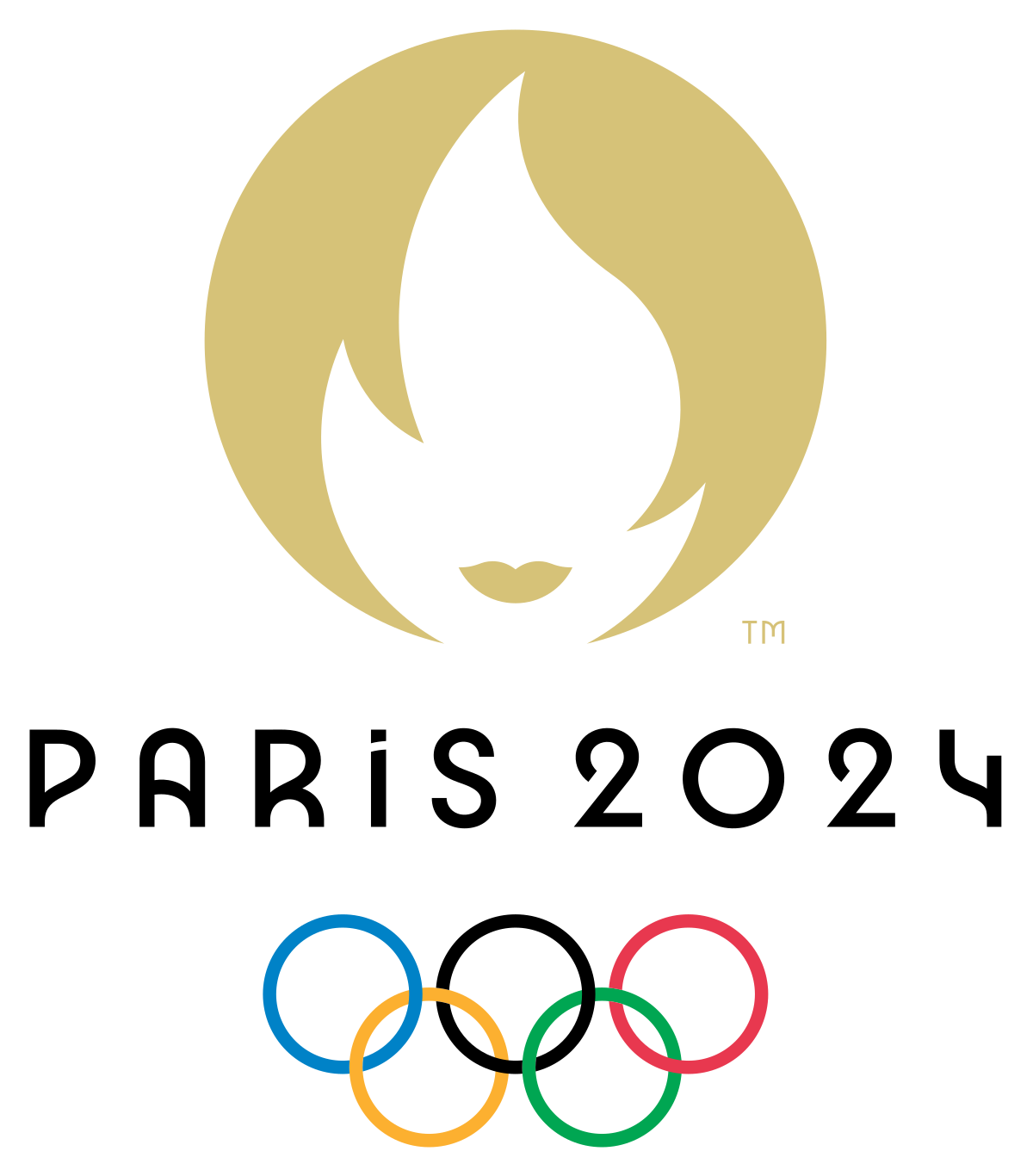 2024夏季奥林匹克运动会
2024夏季奥林匹克运动会
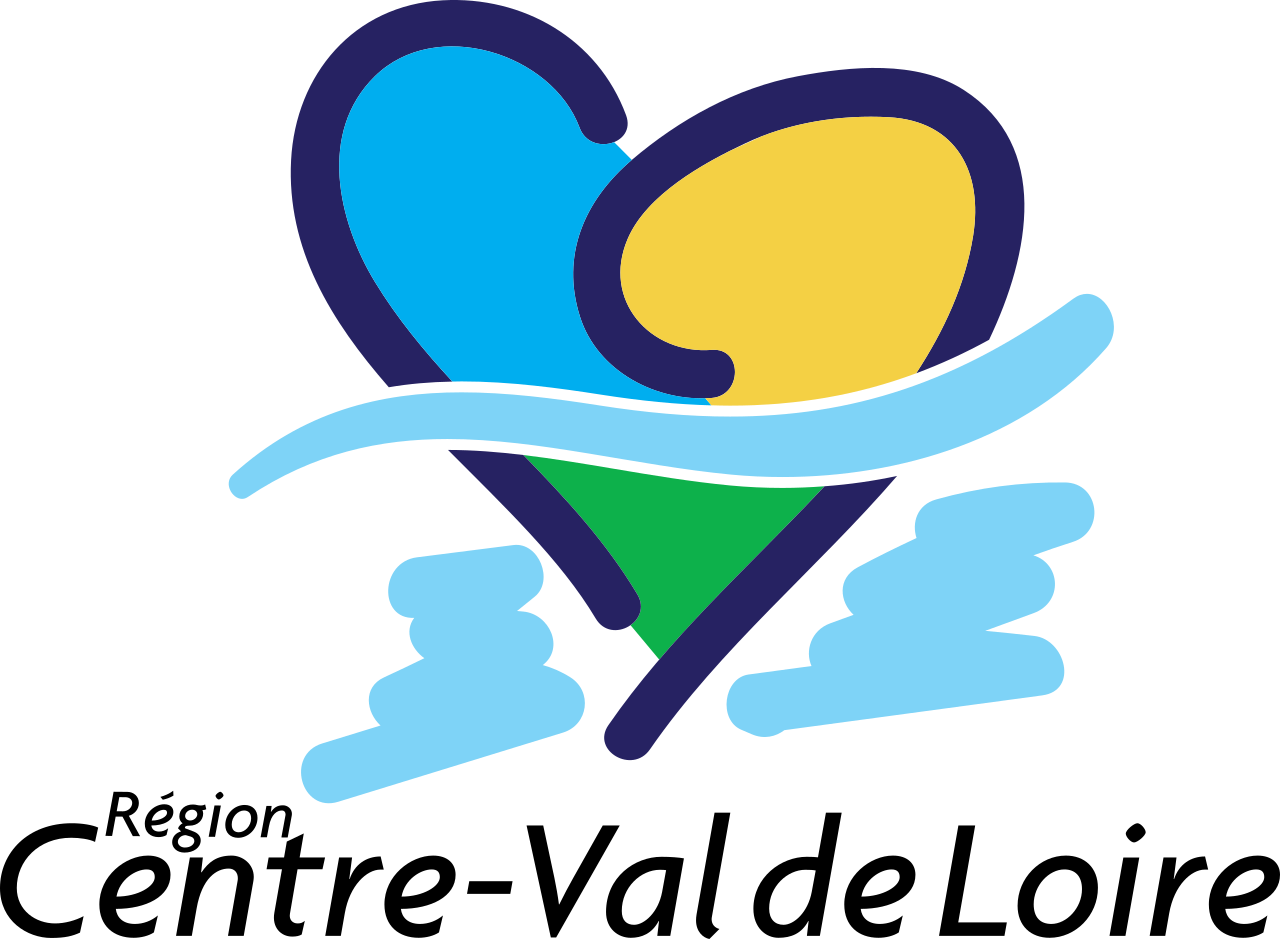 中央-卢瓦尔河谷
中央-卢瓦尔河谷